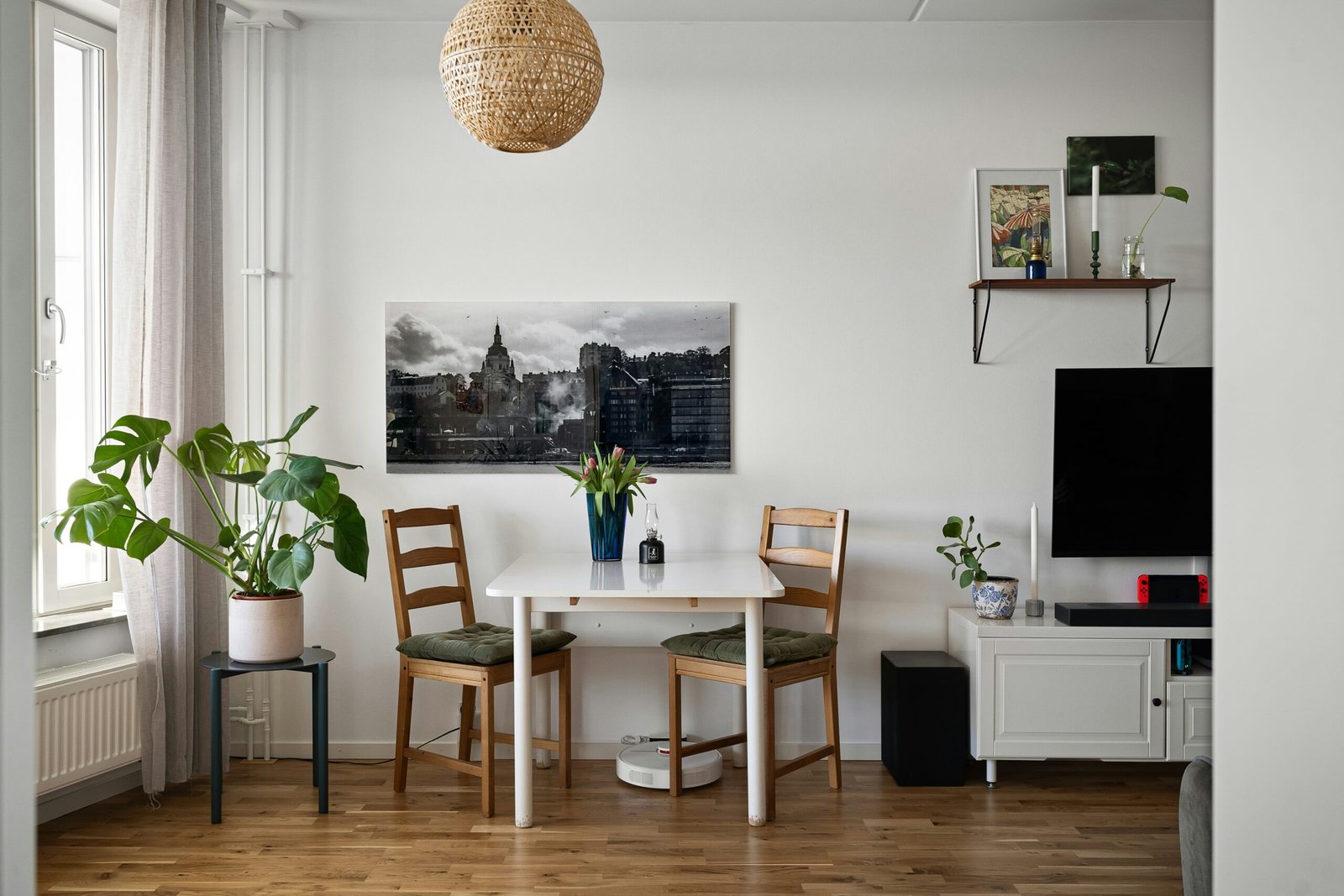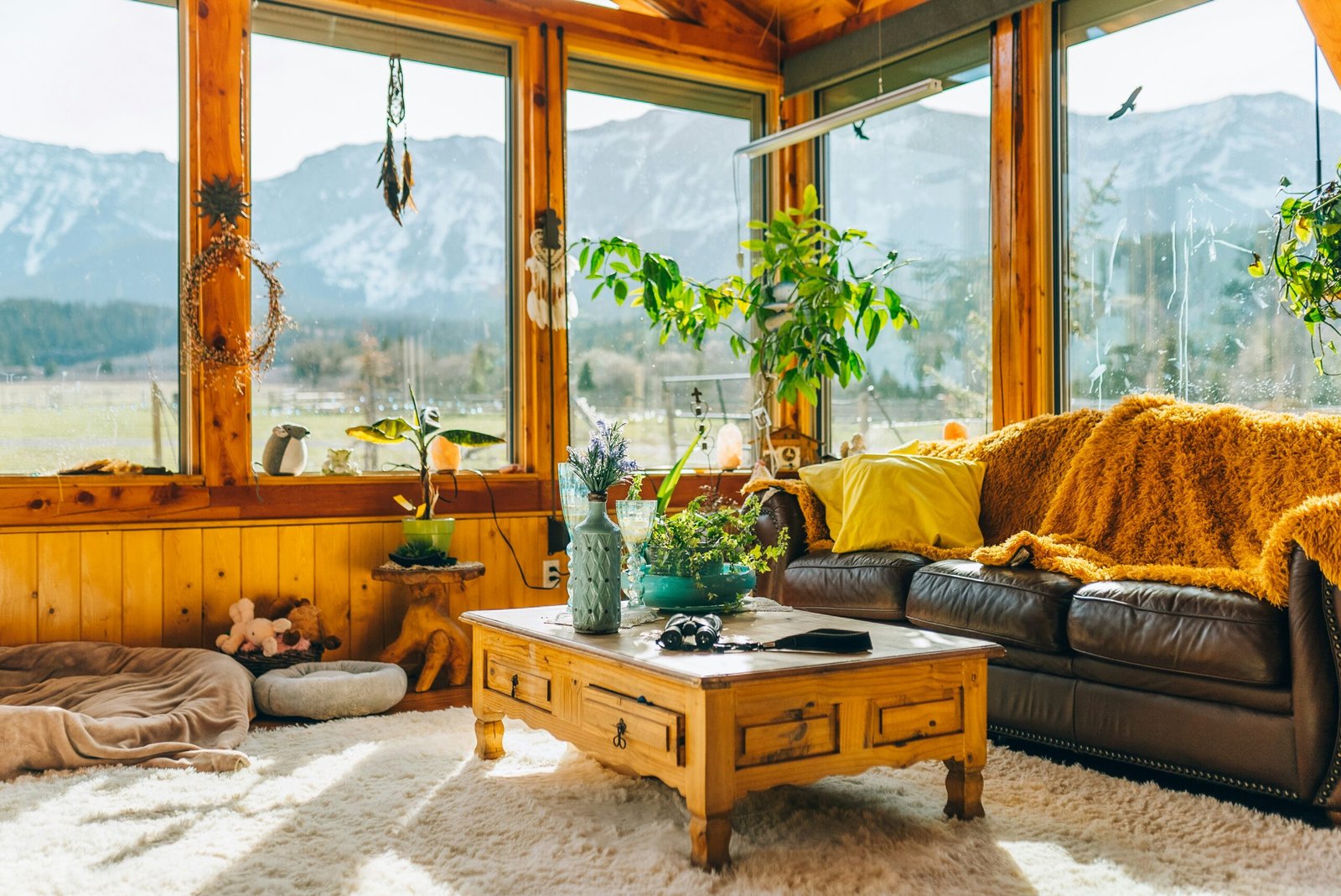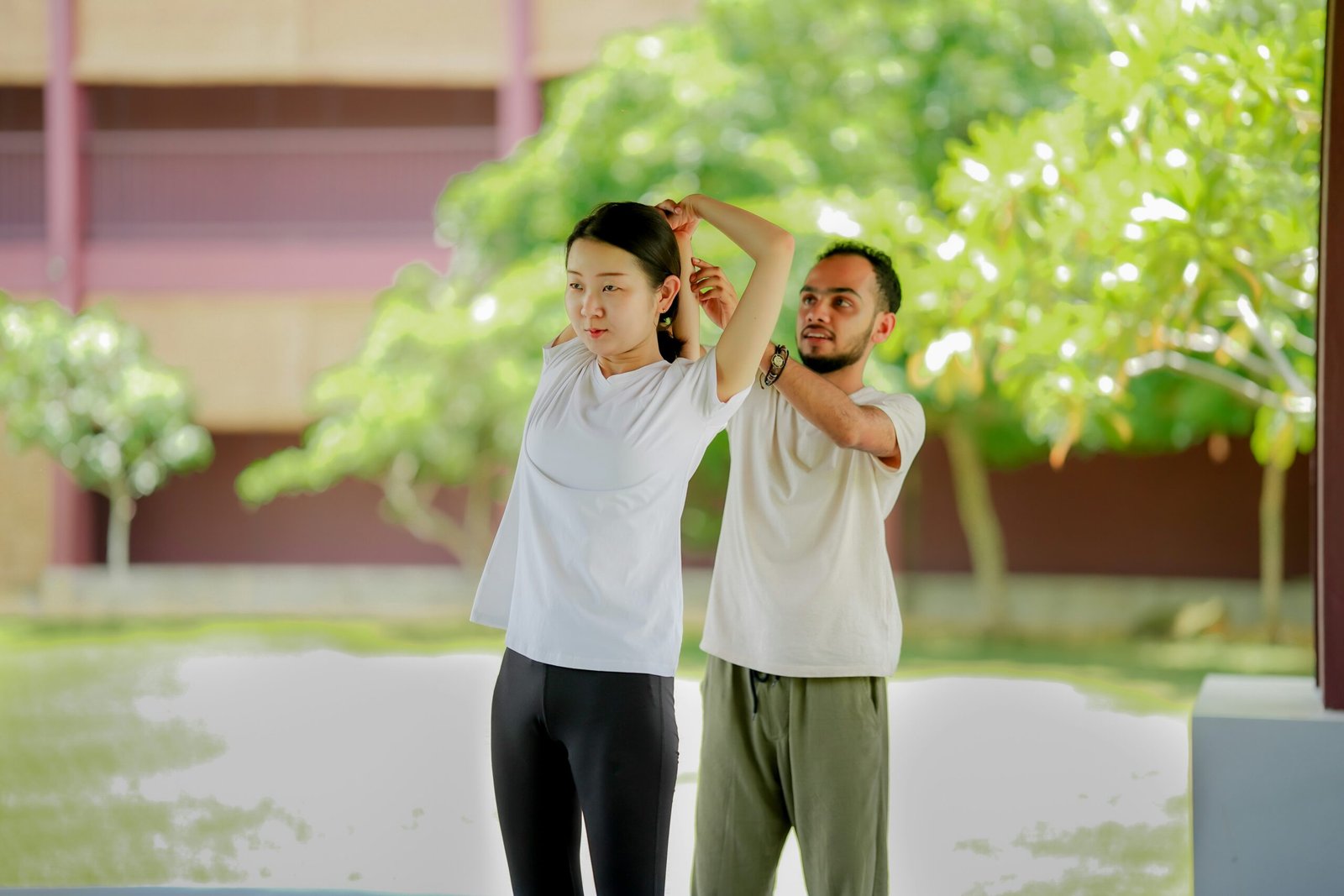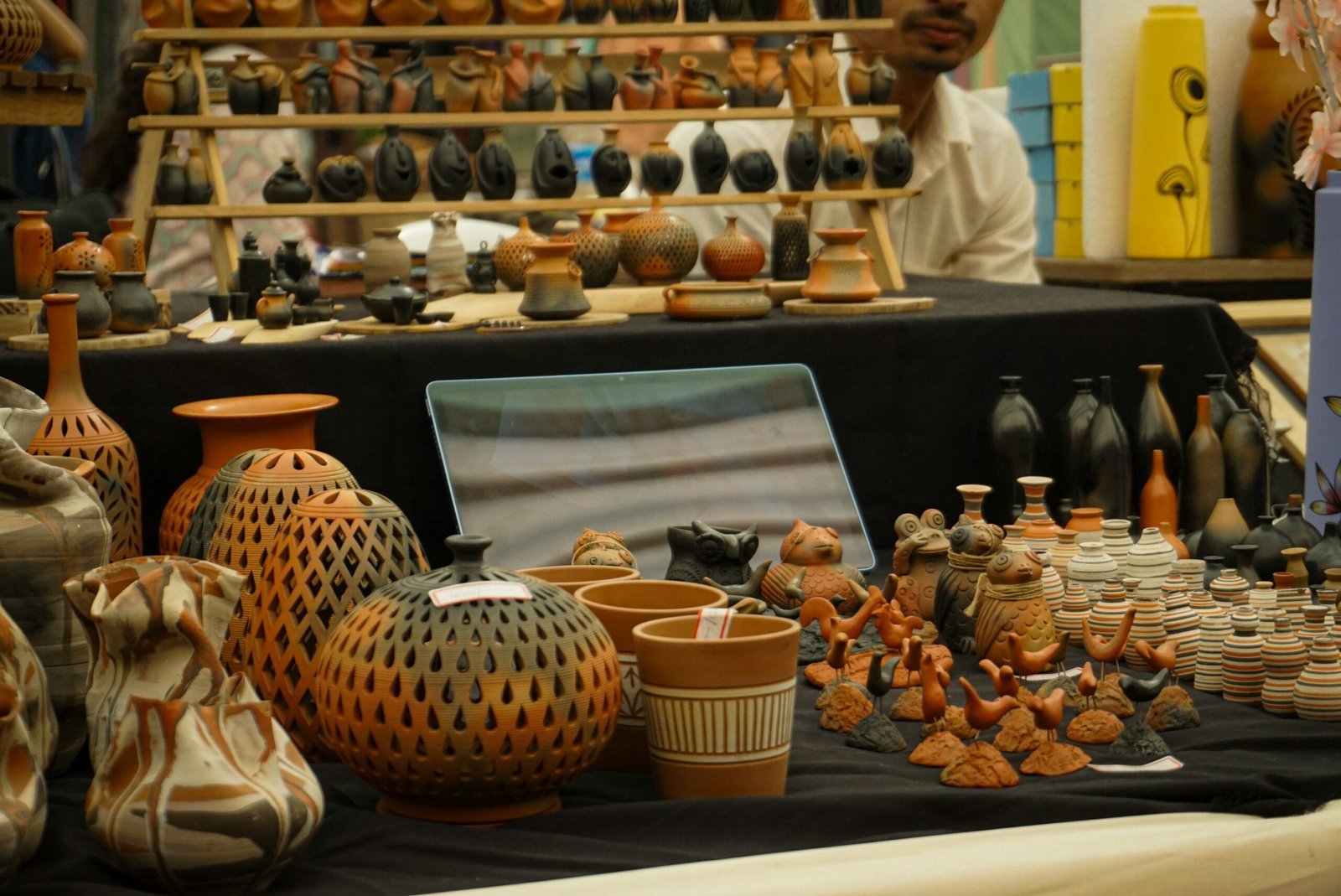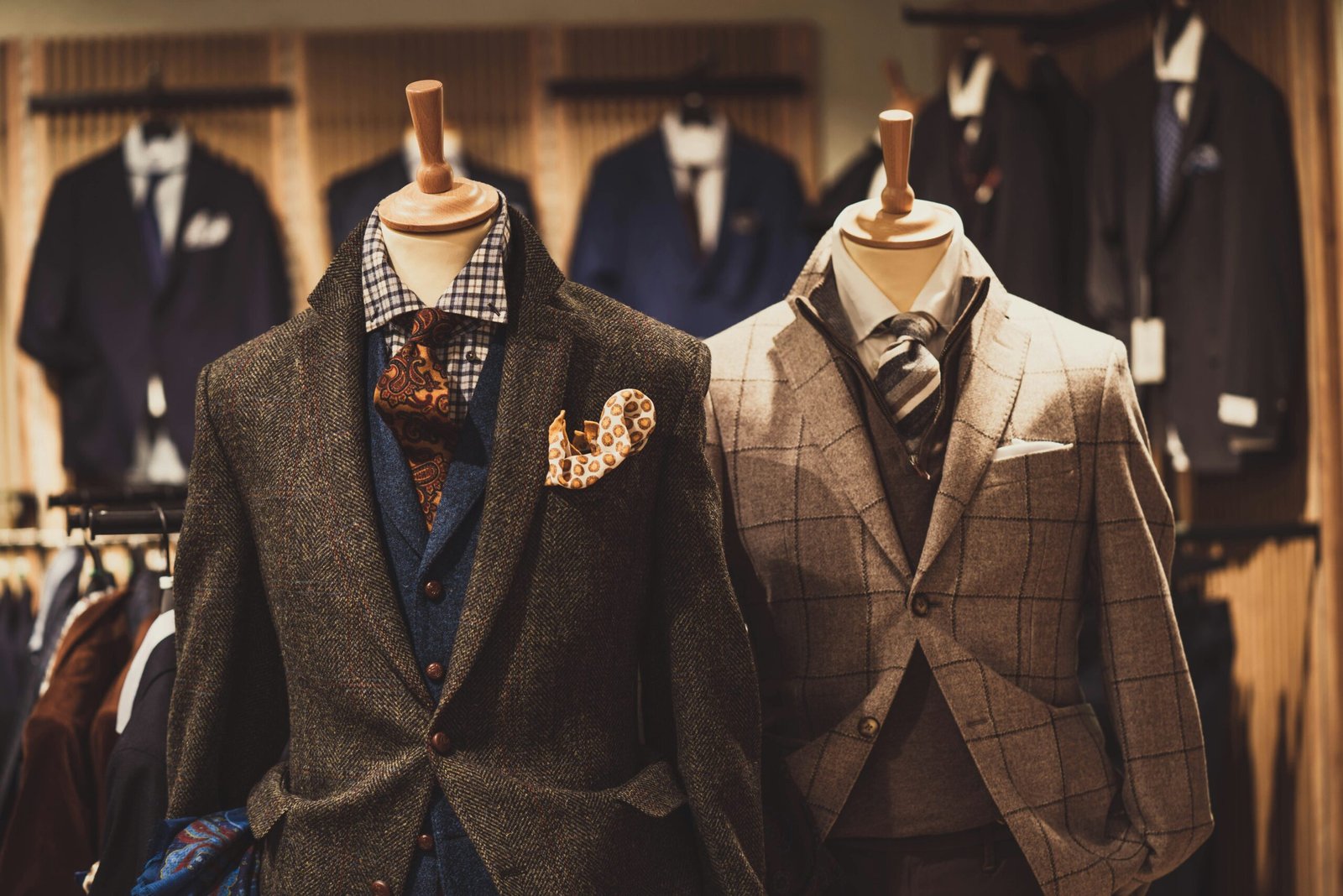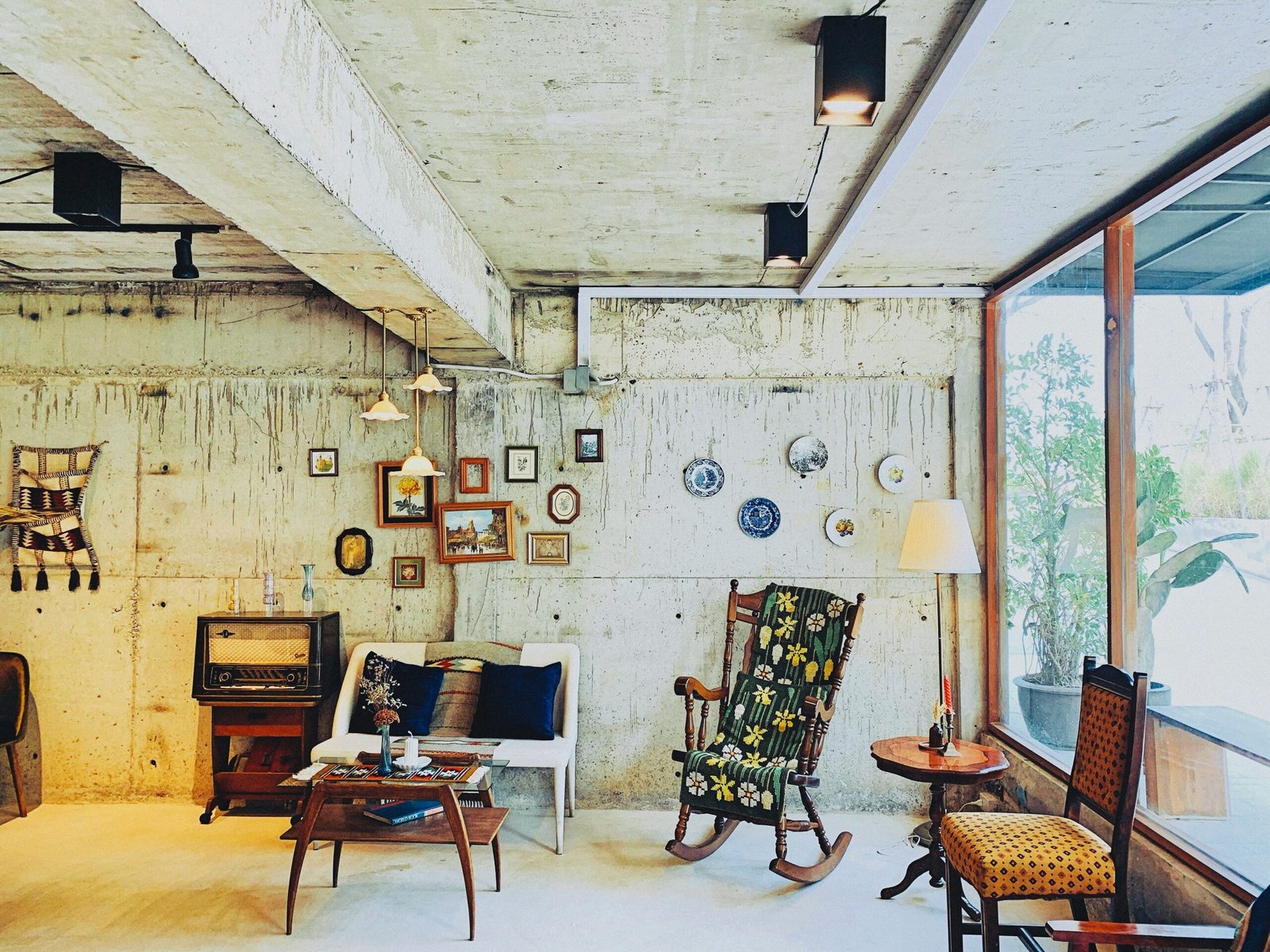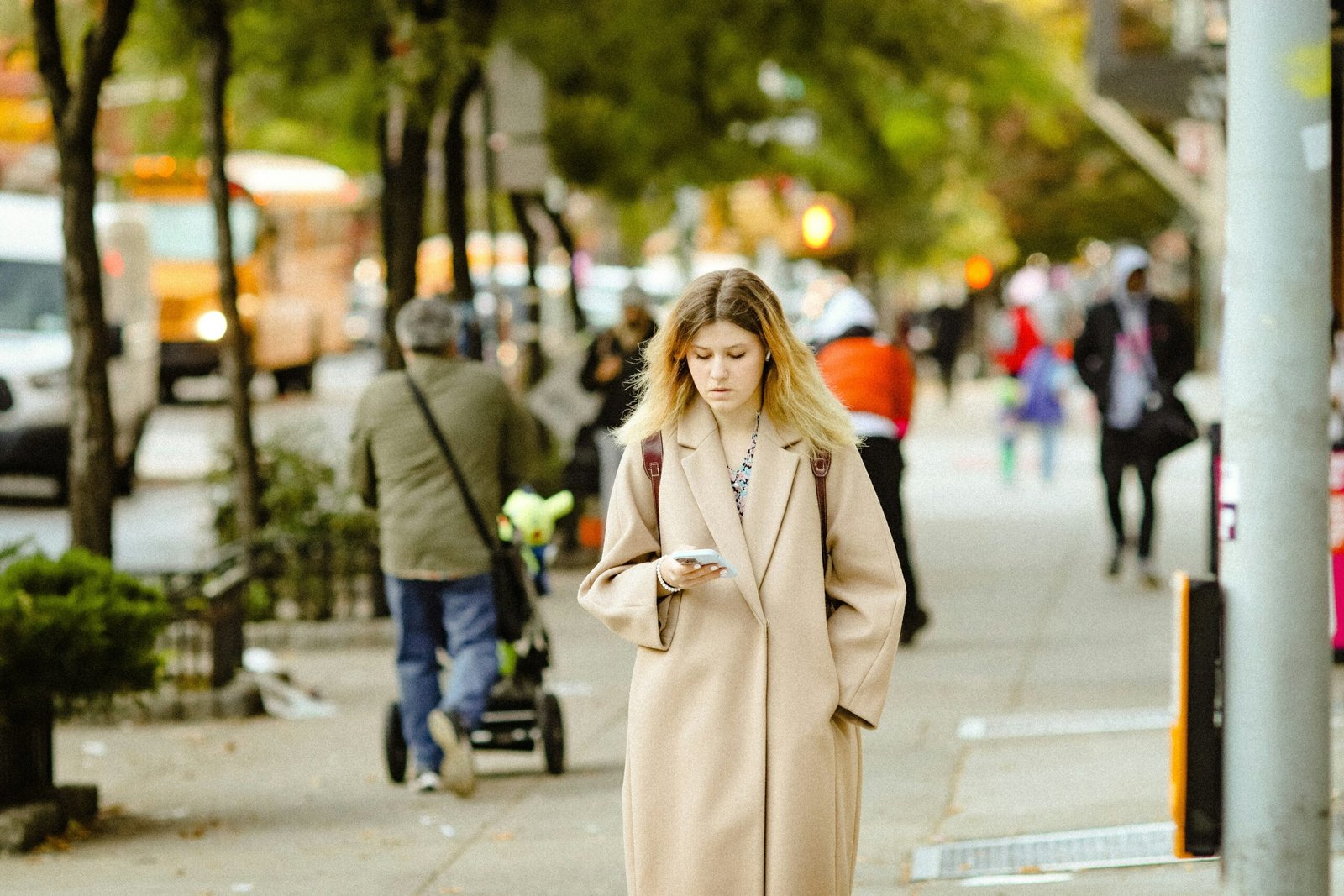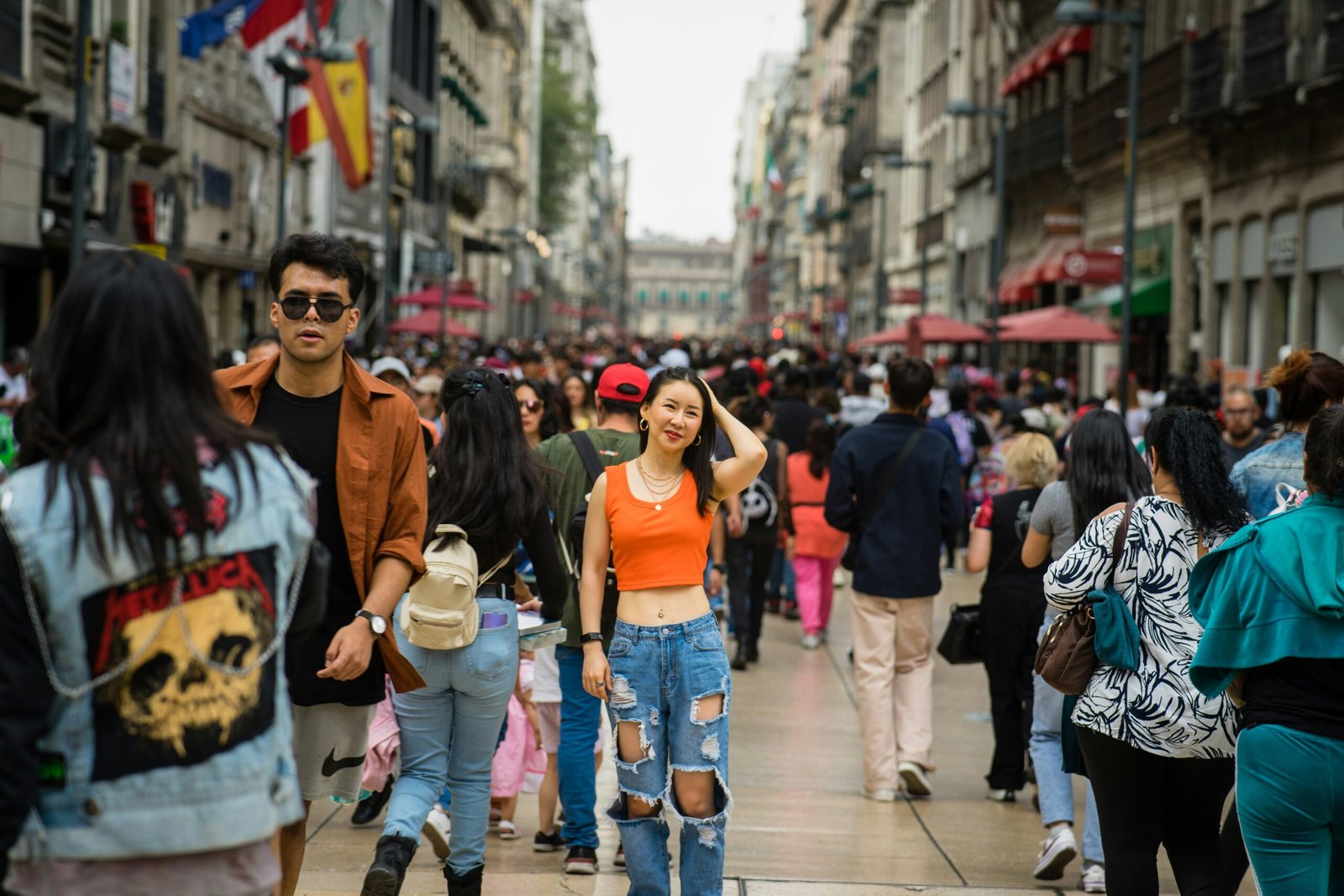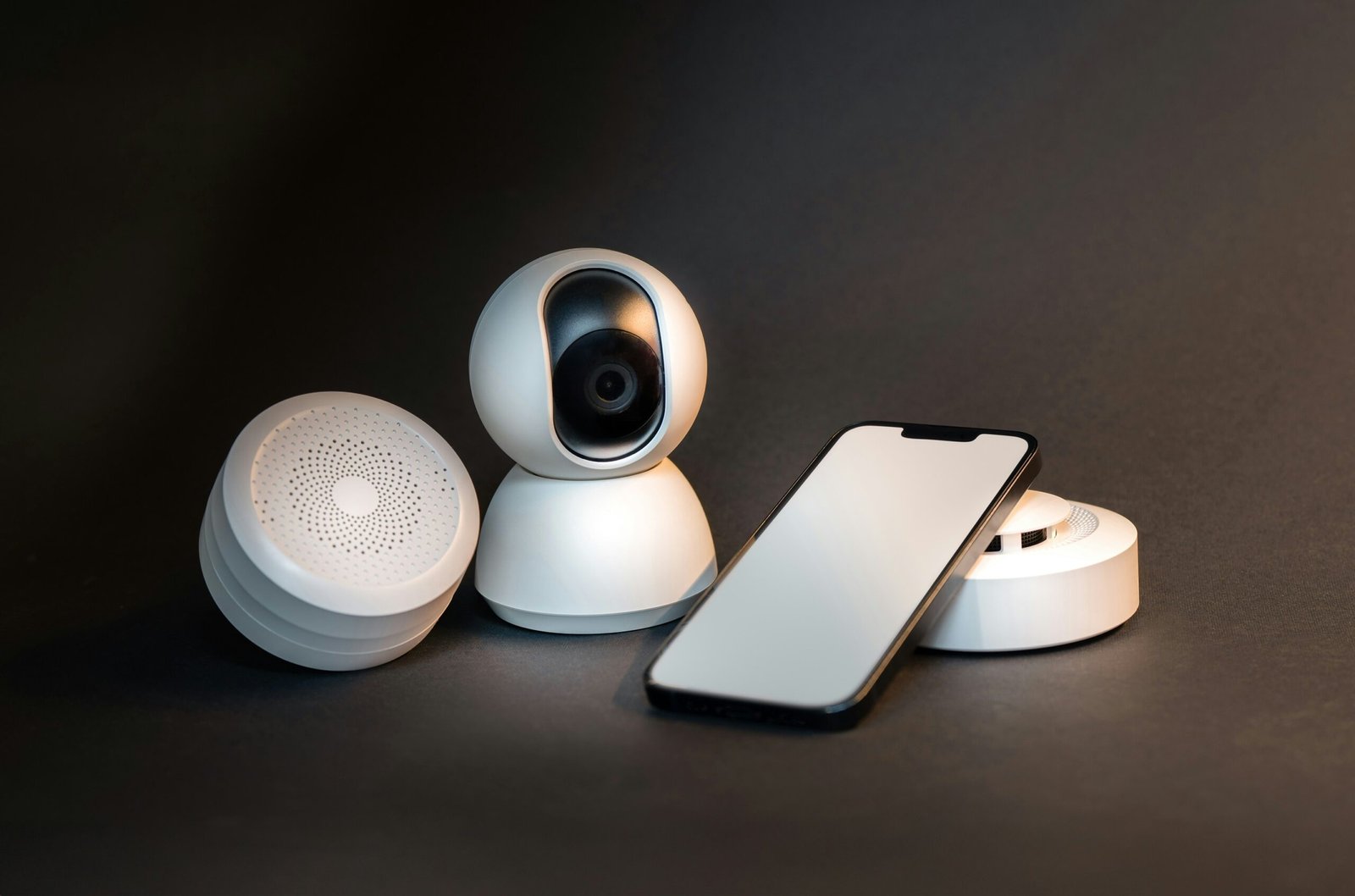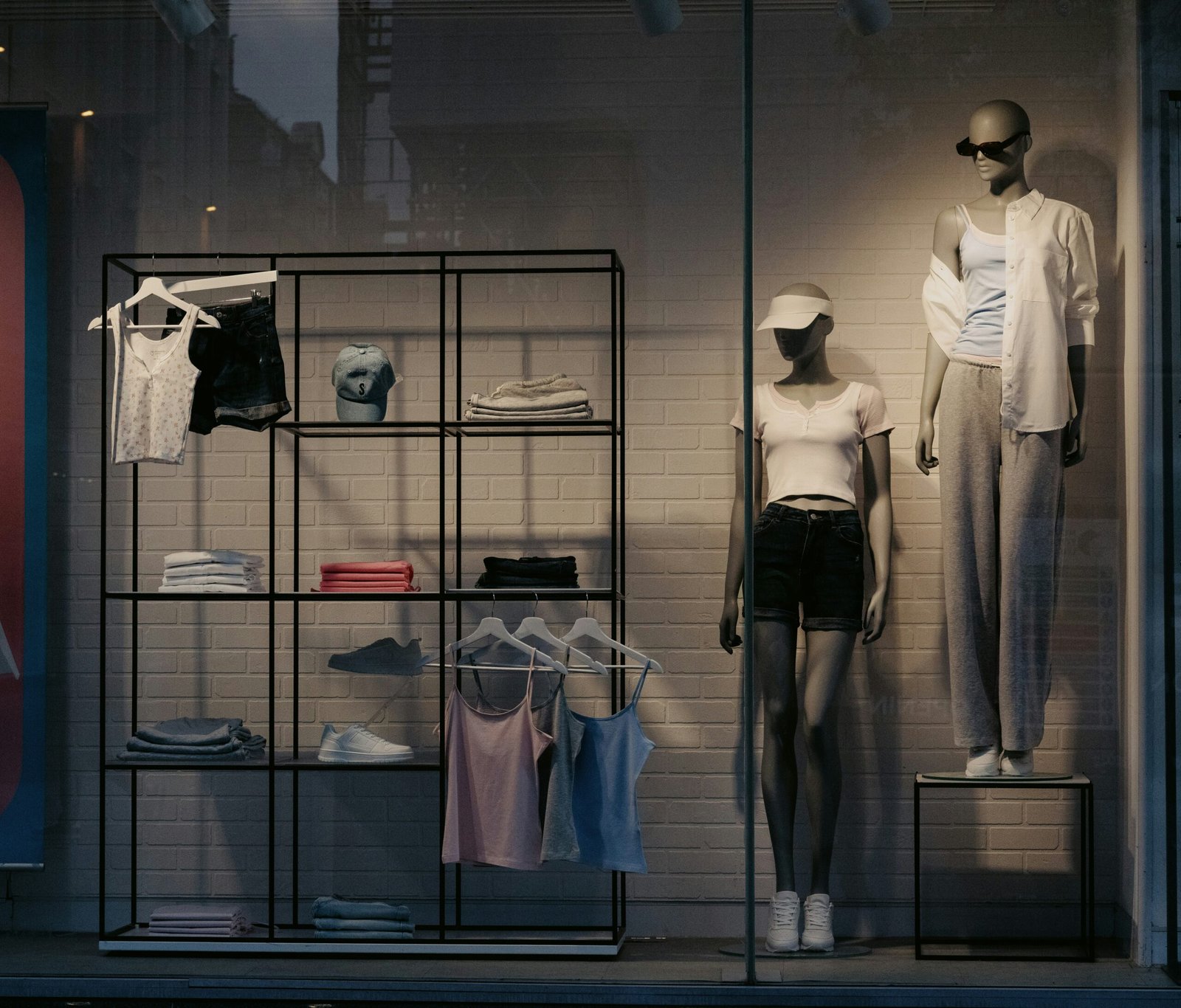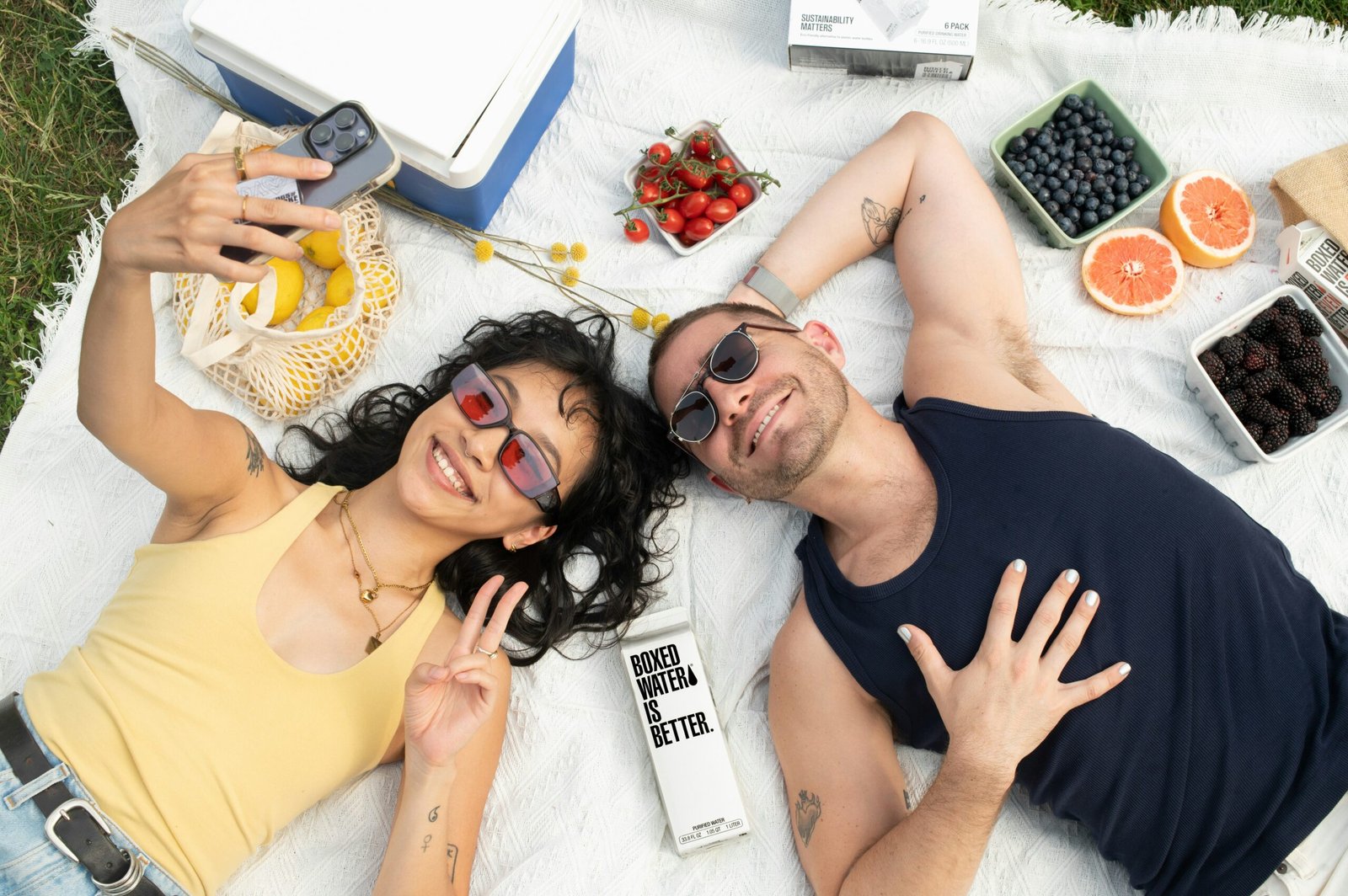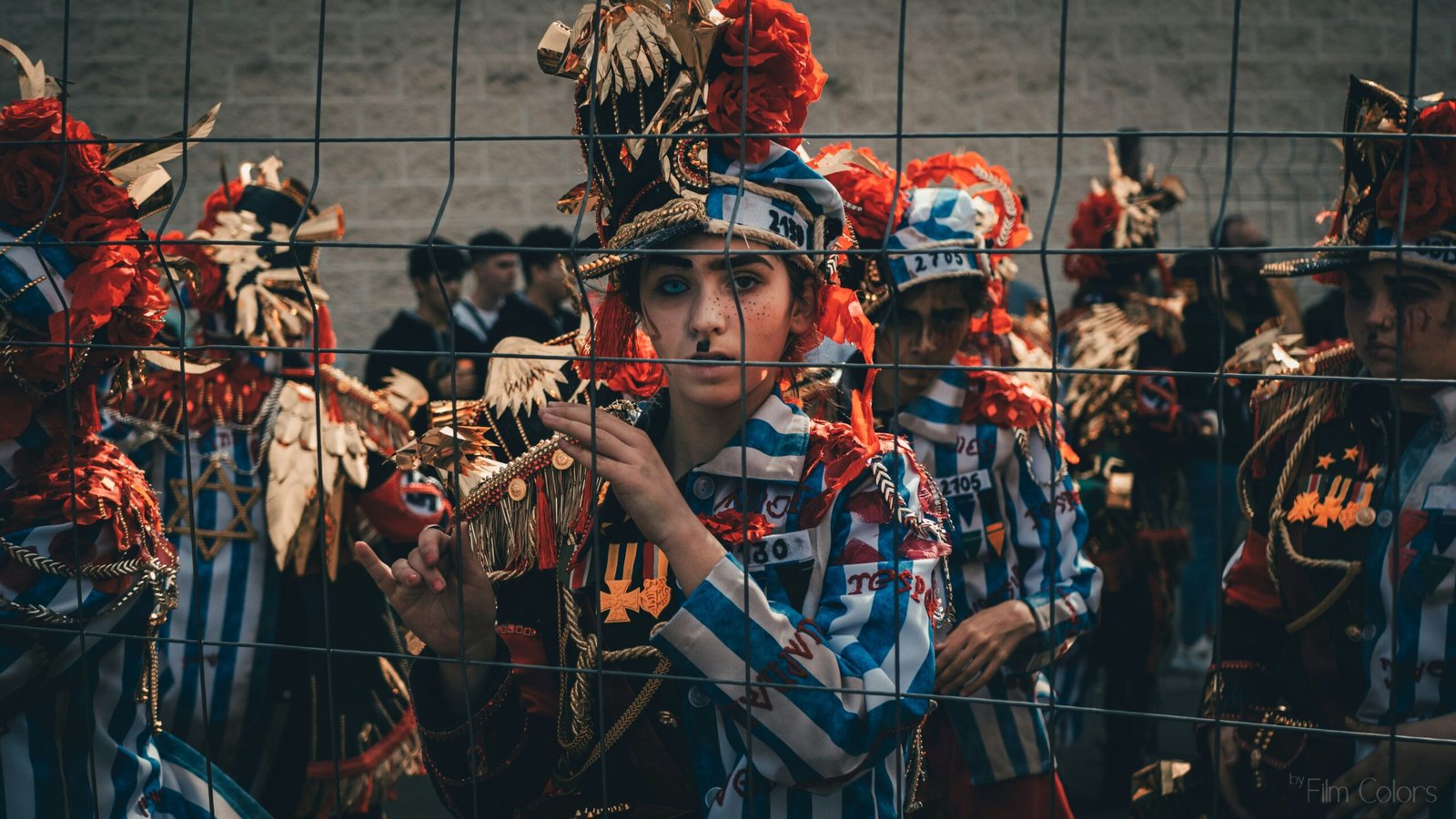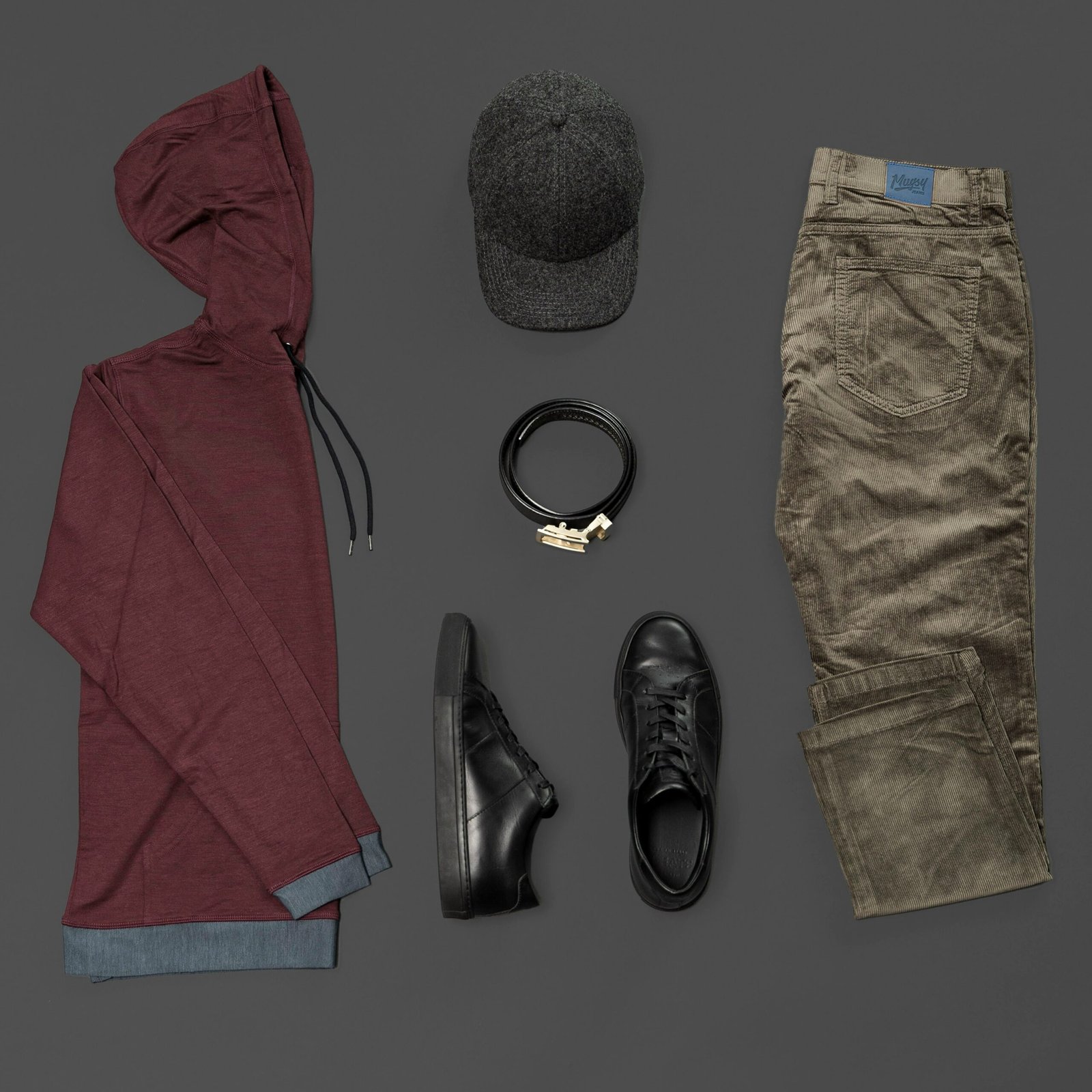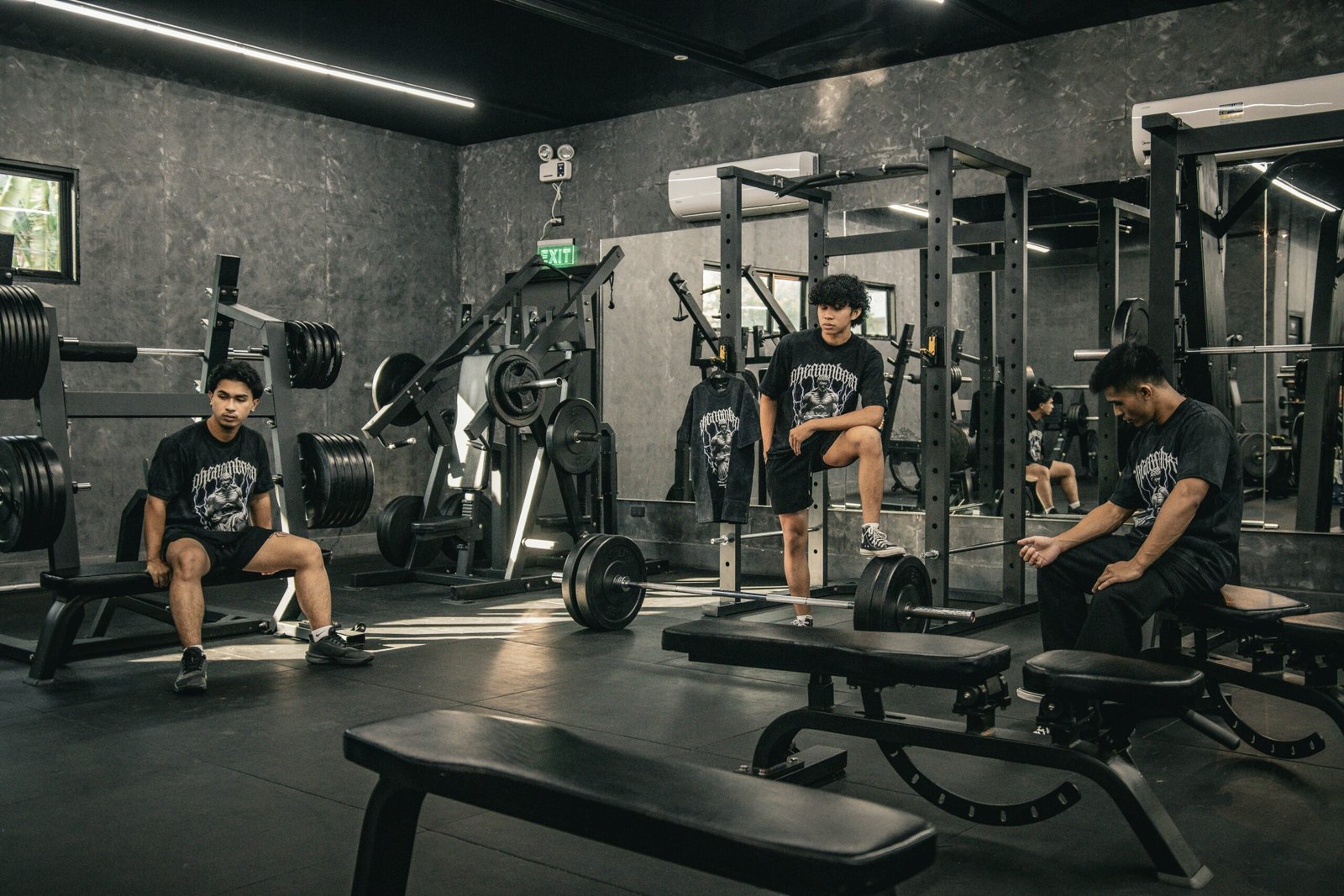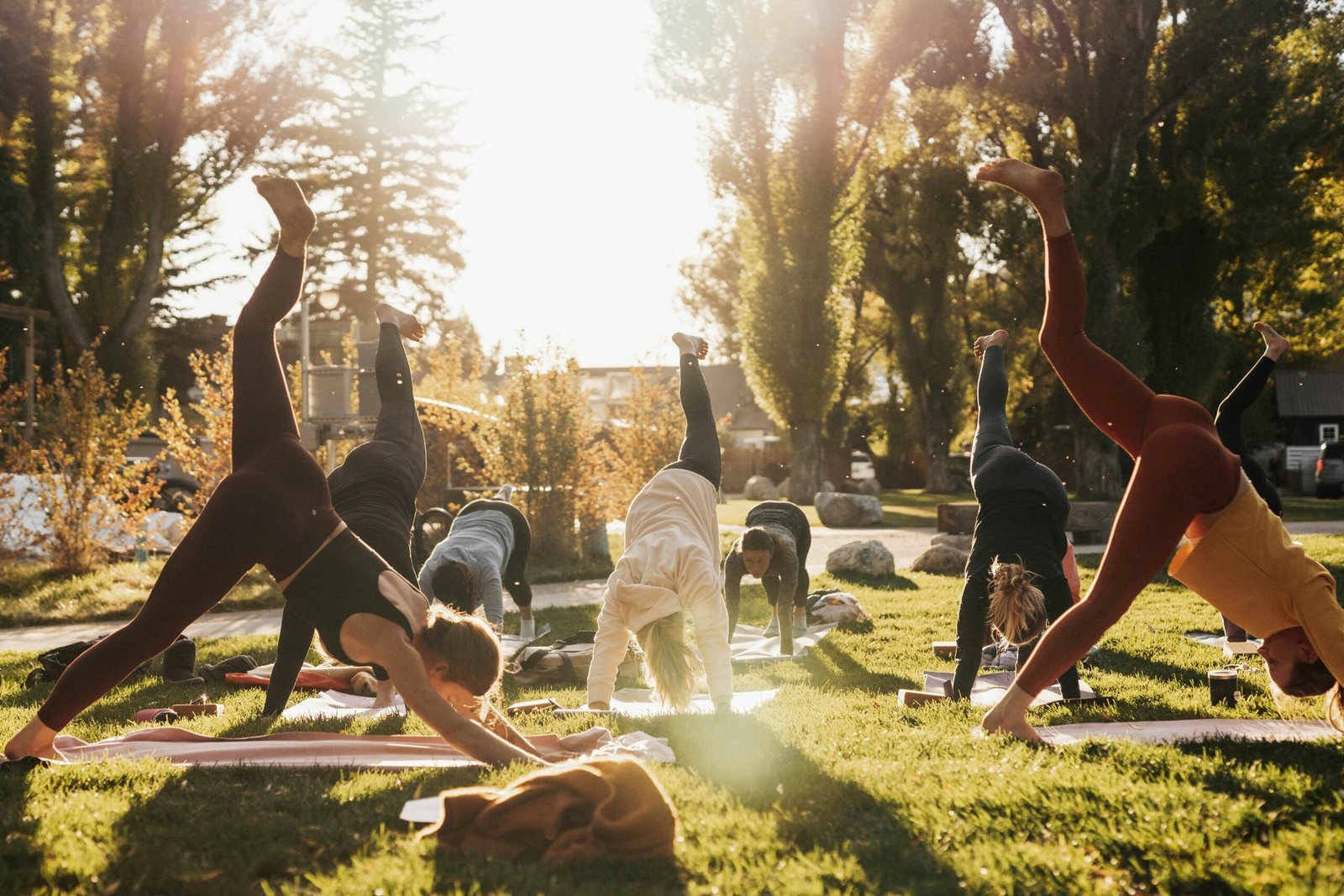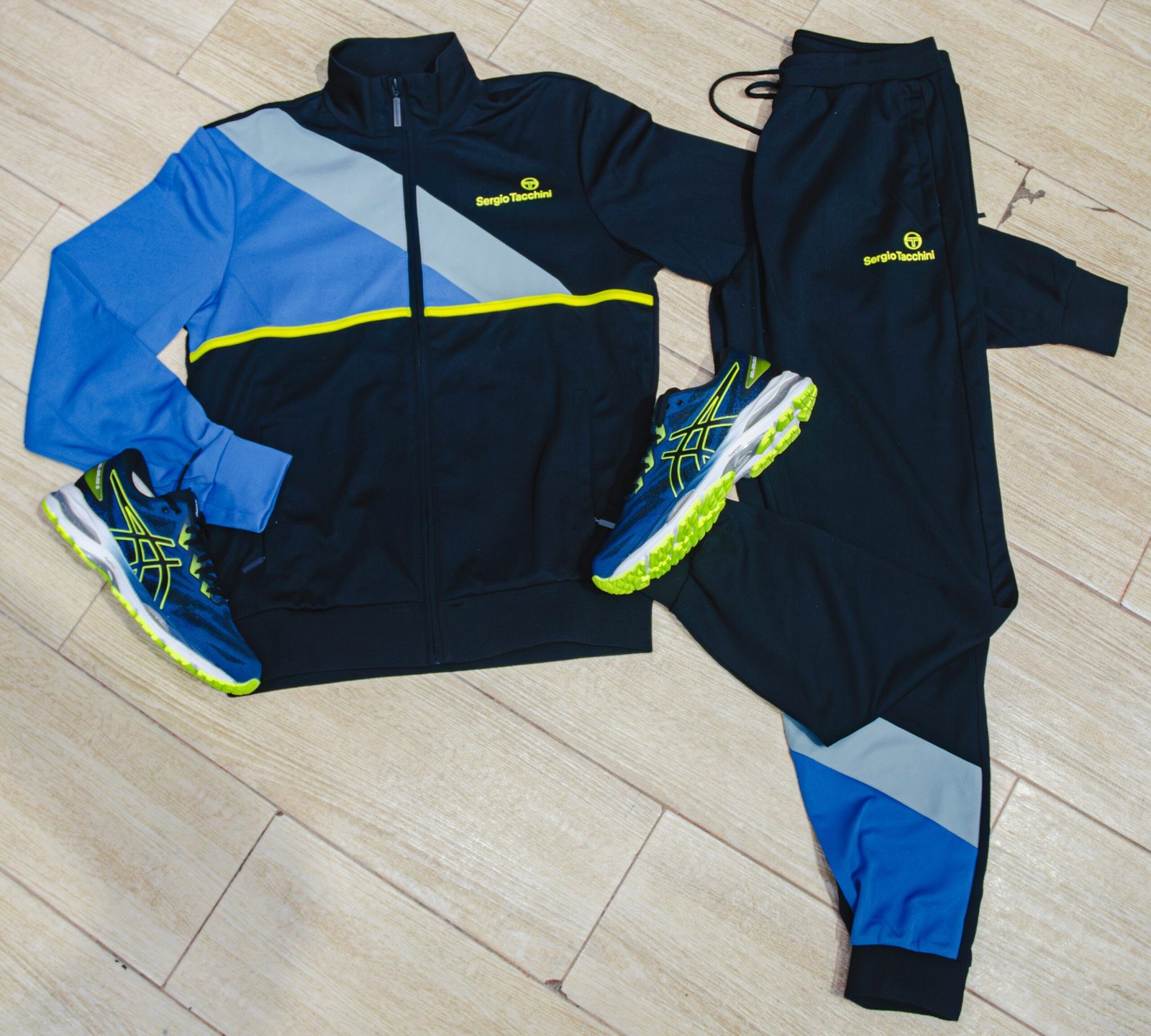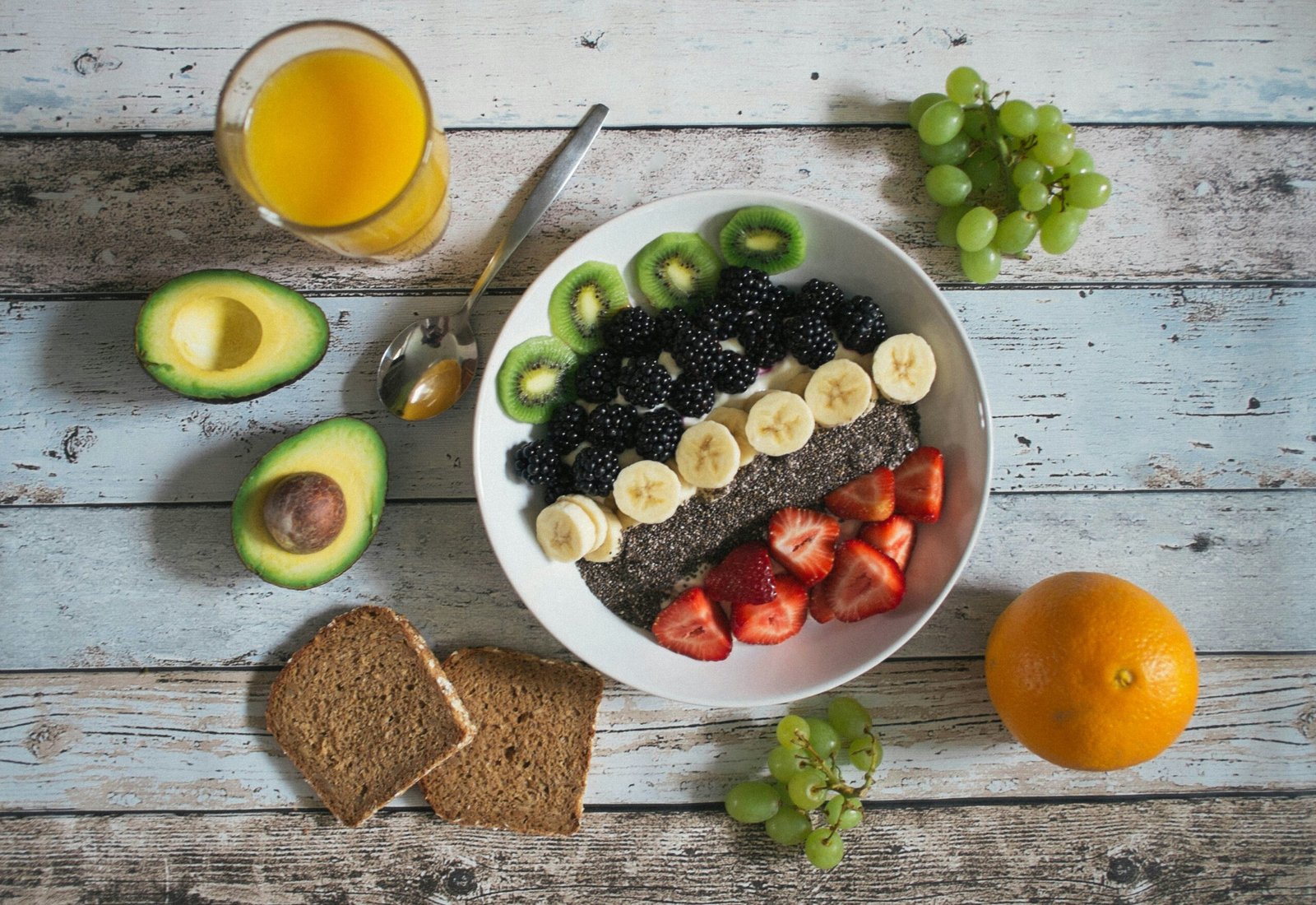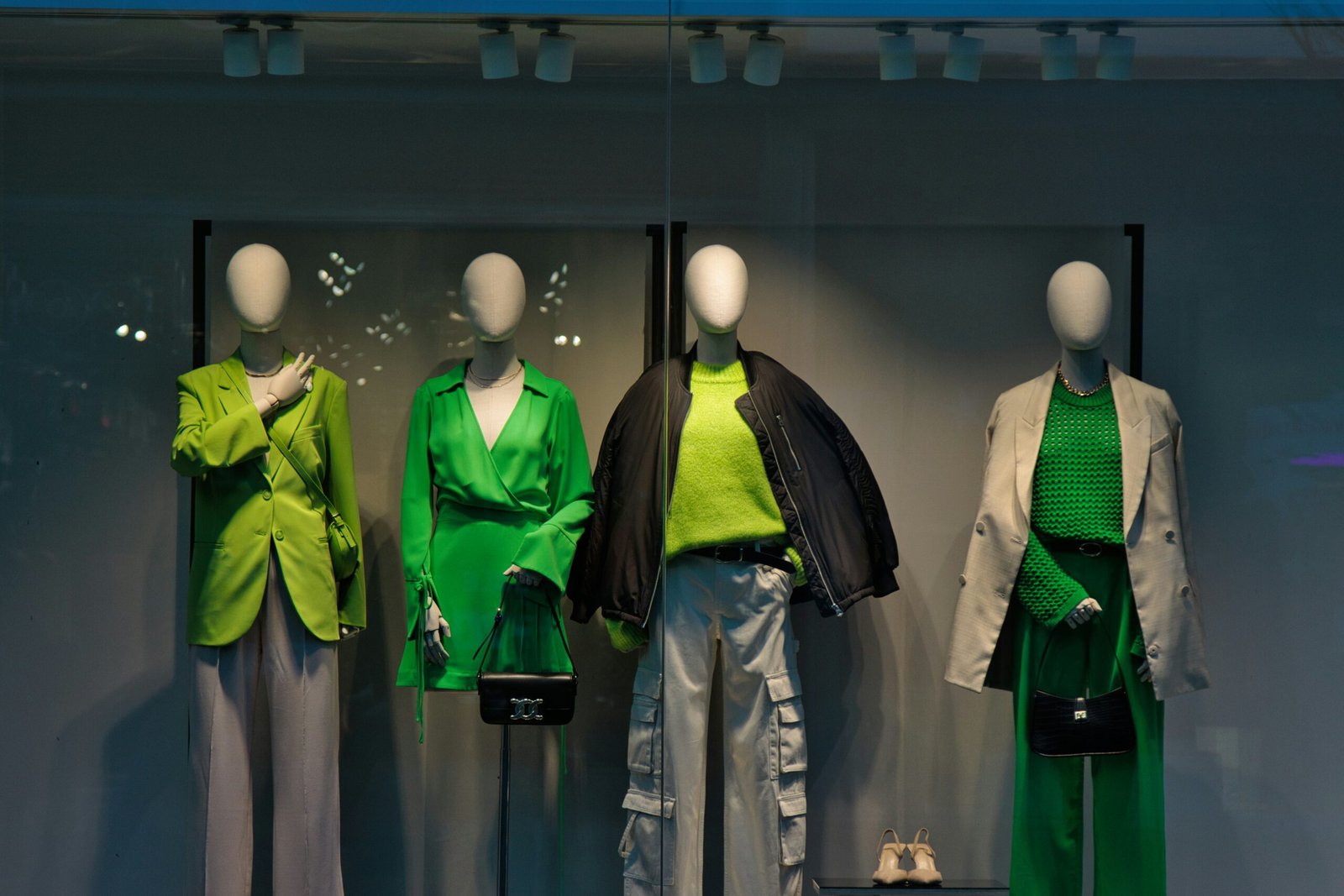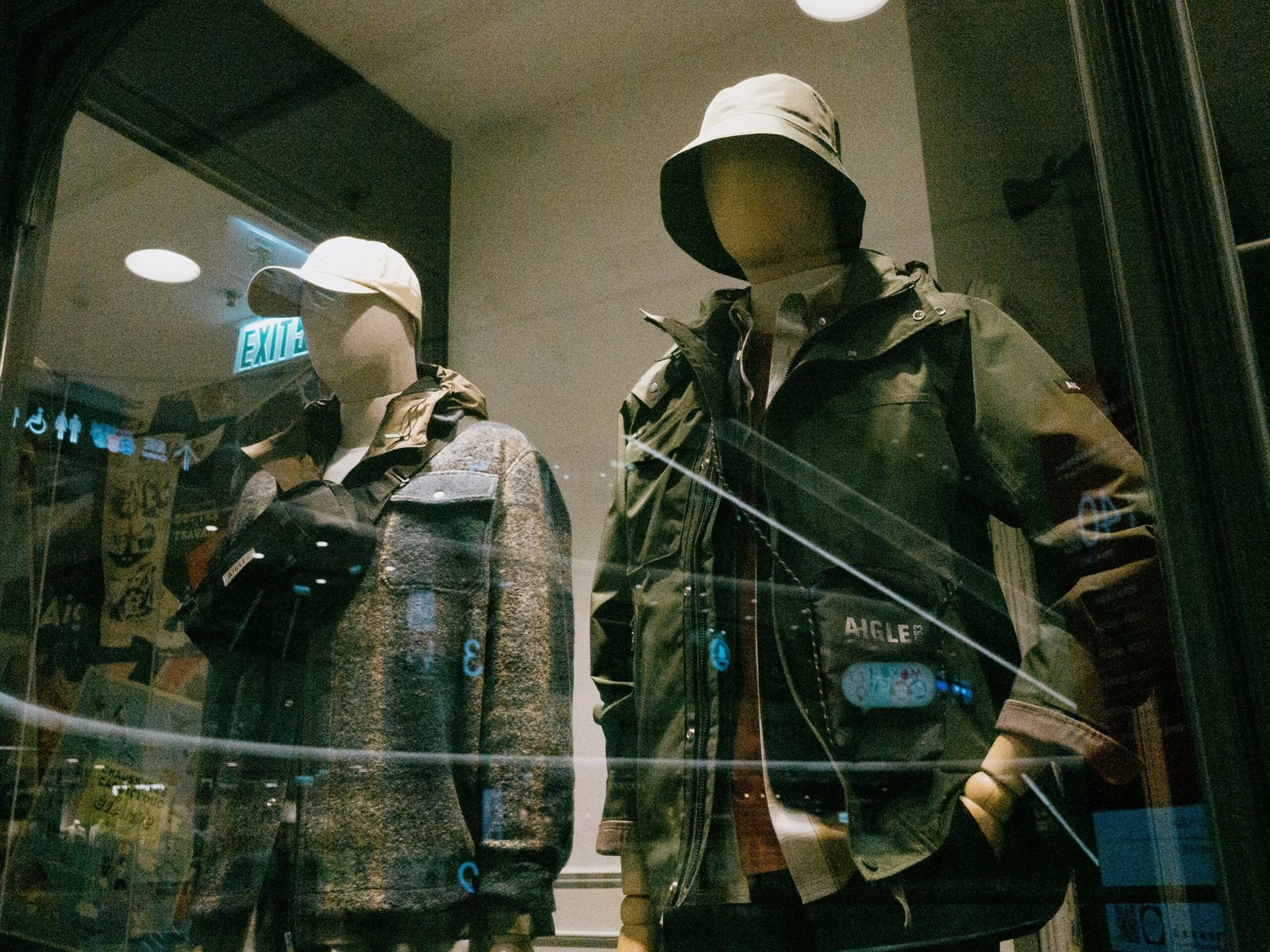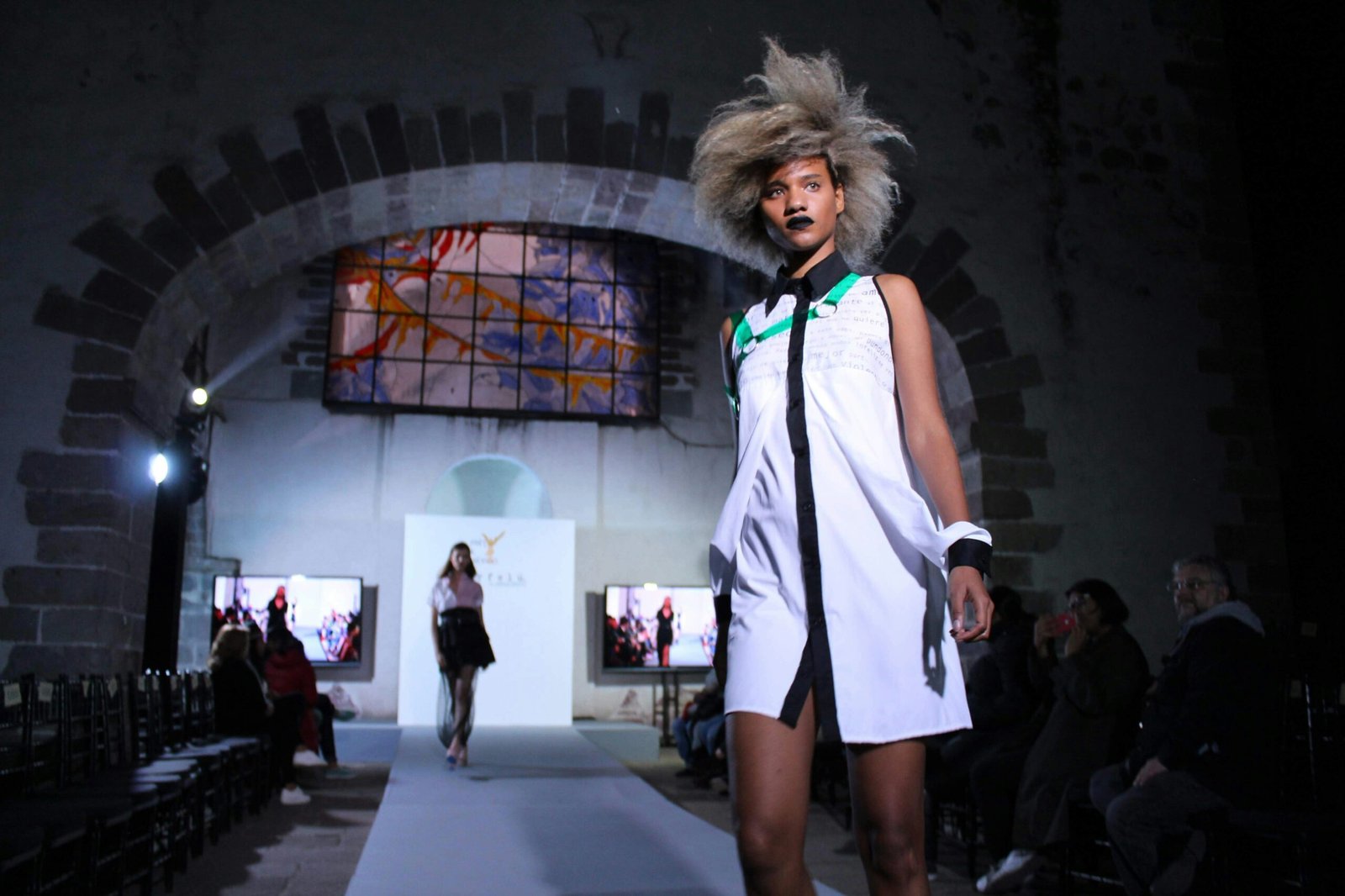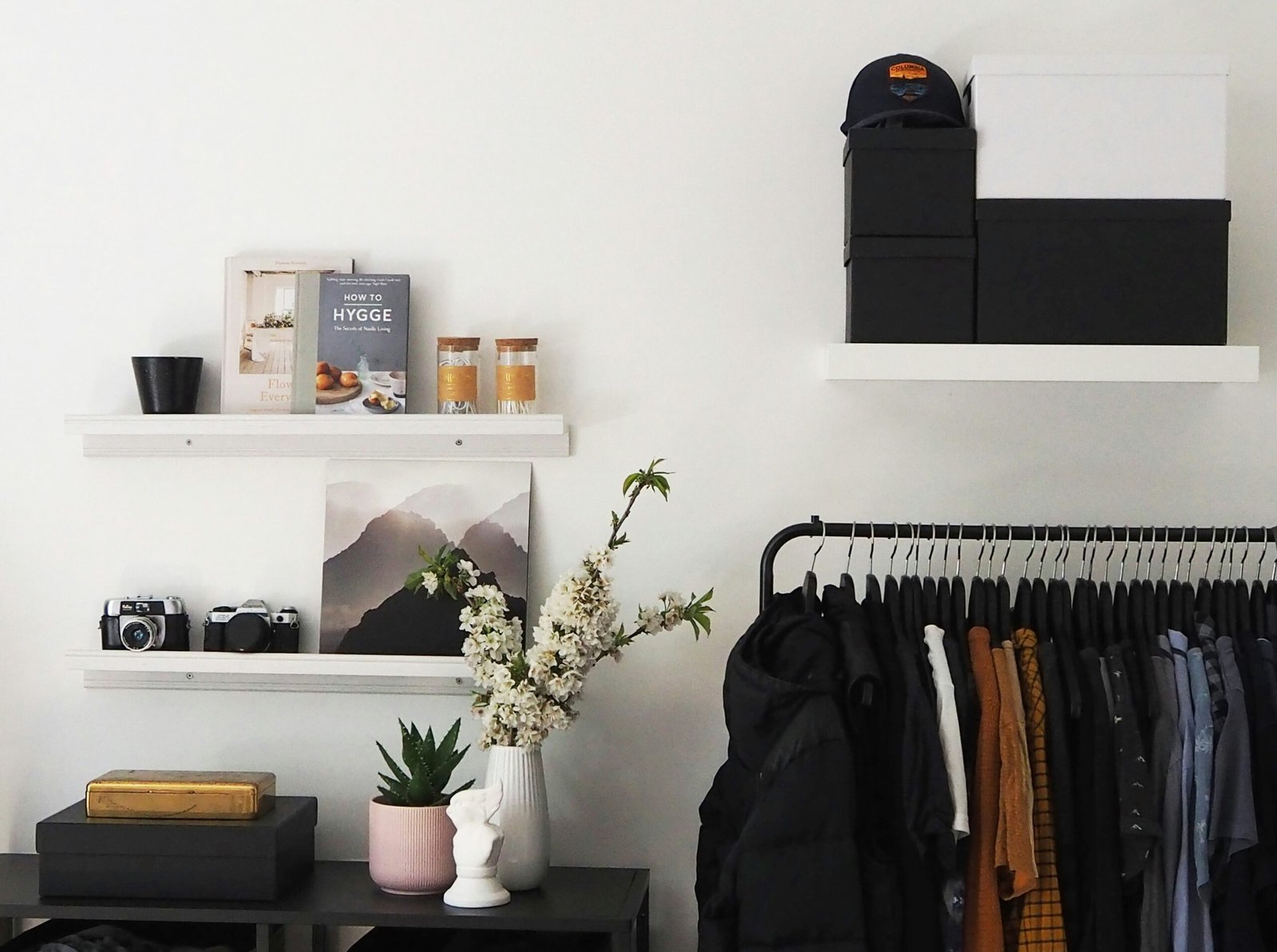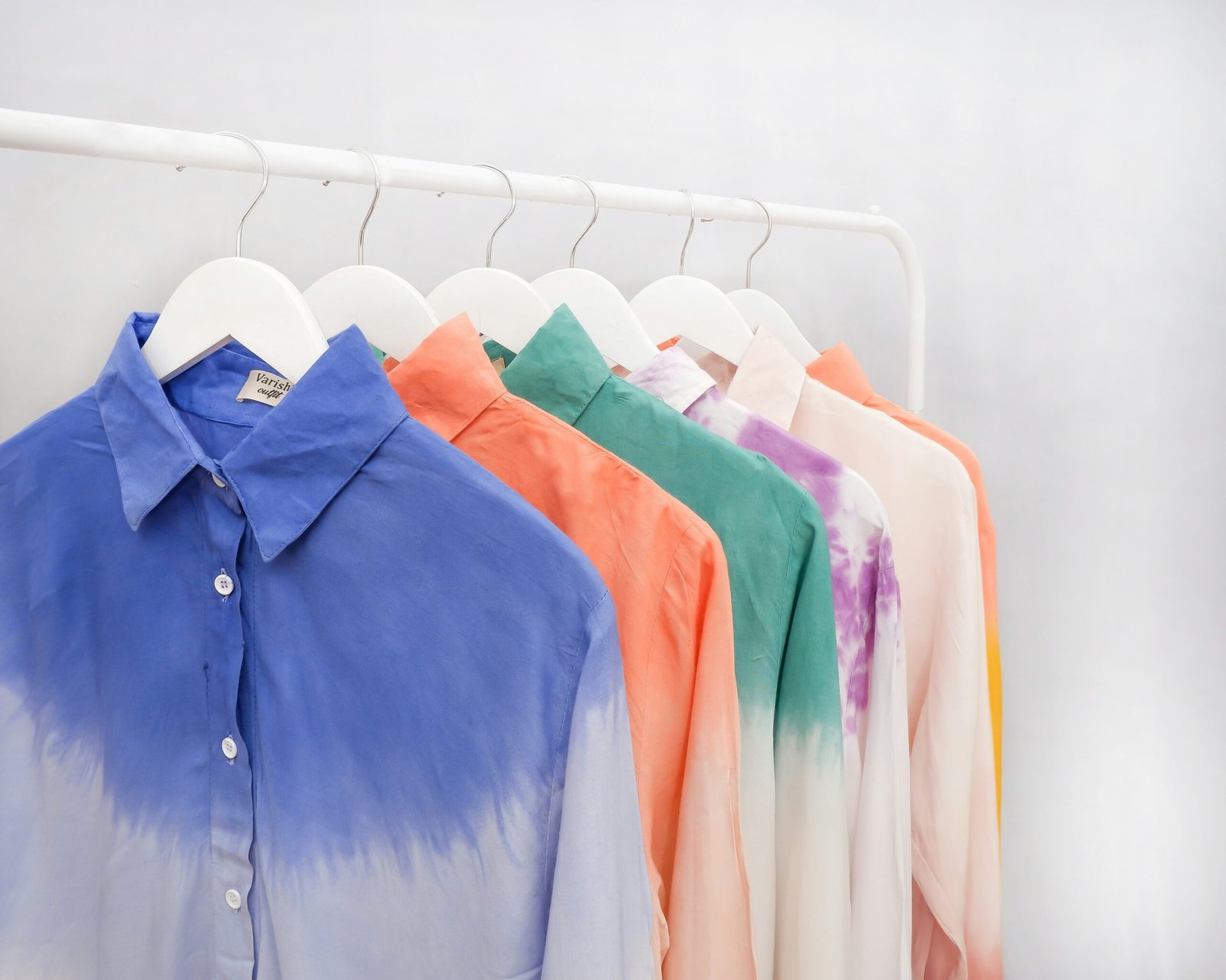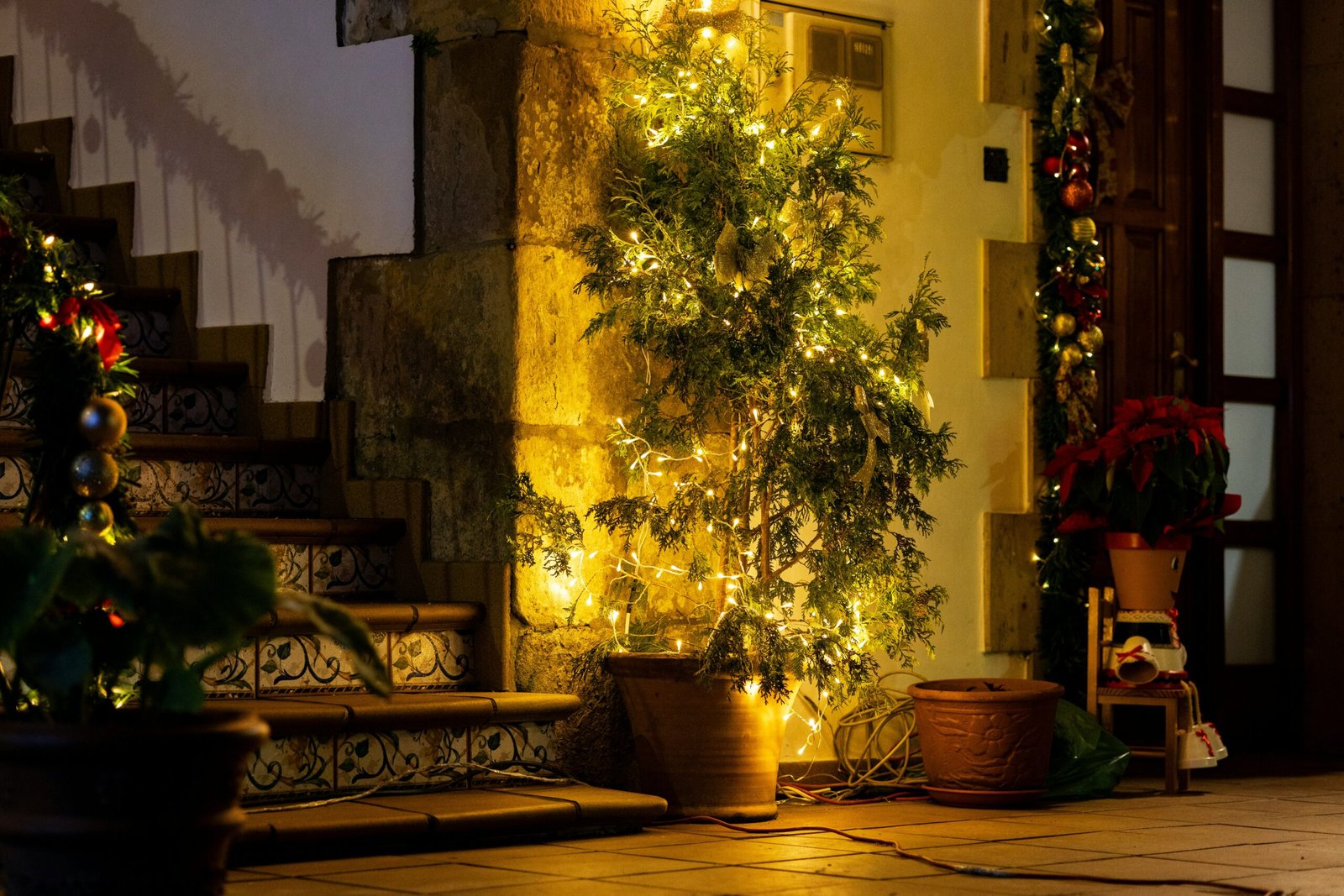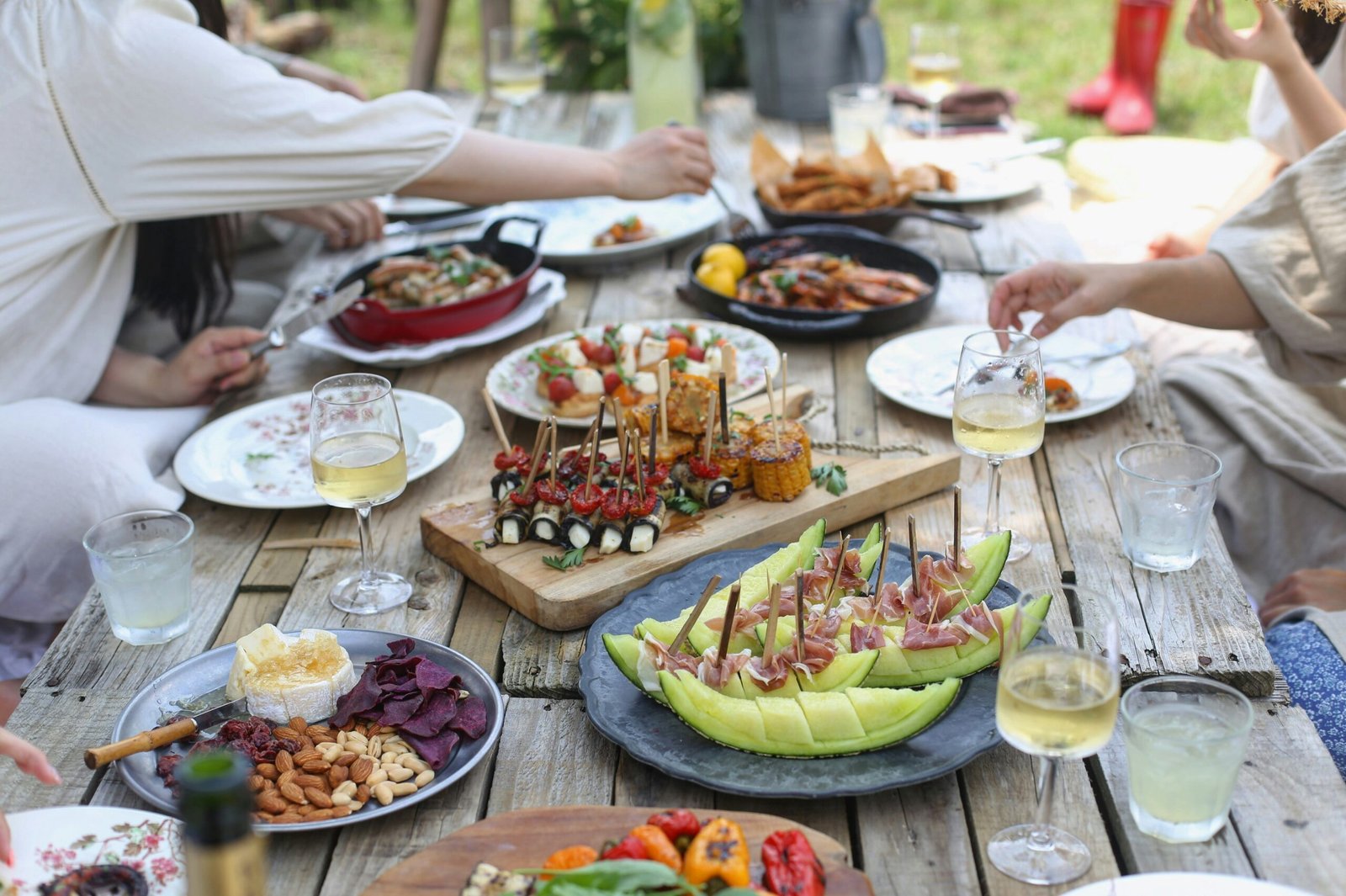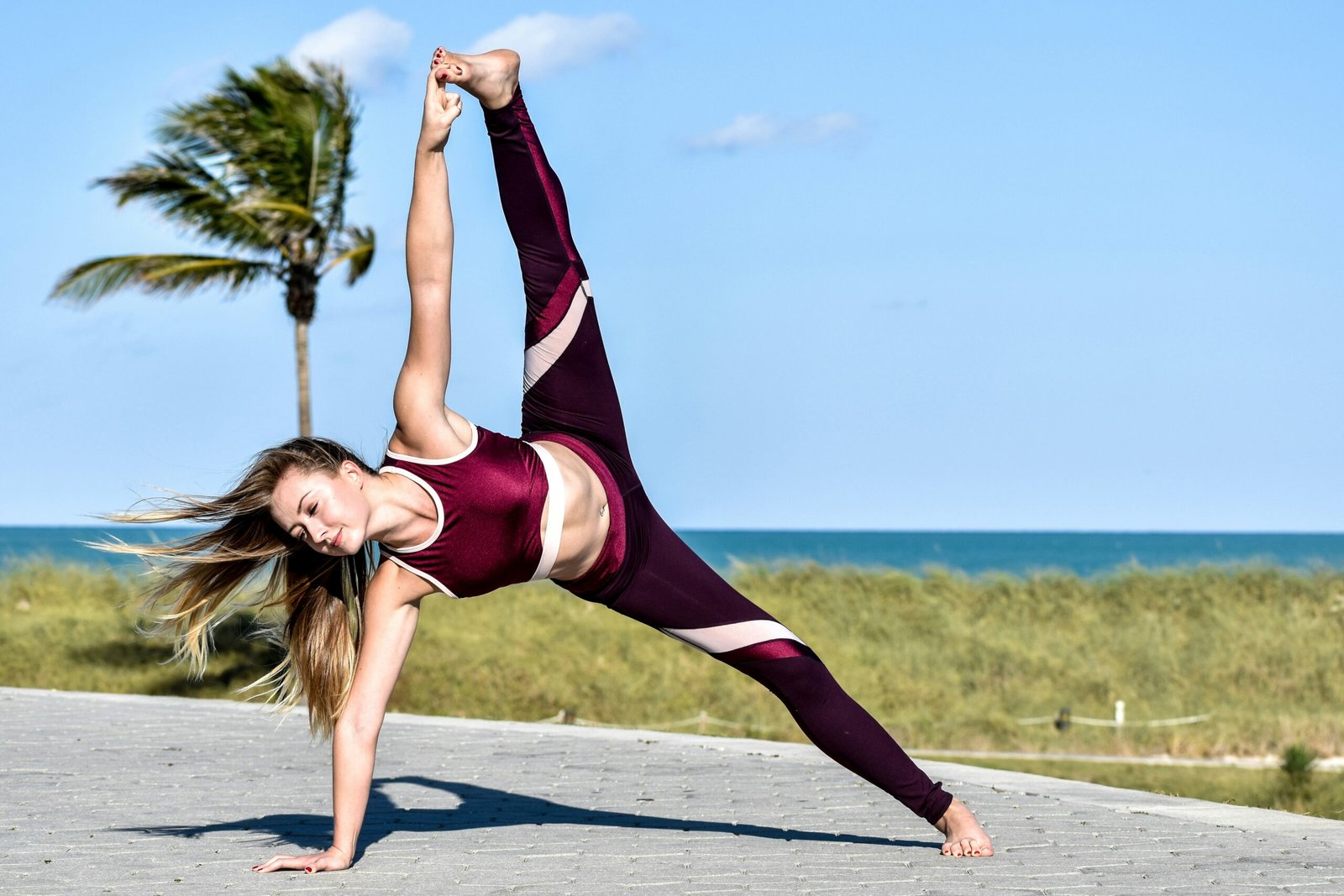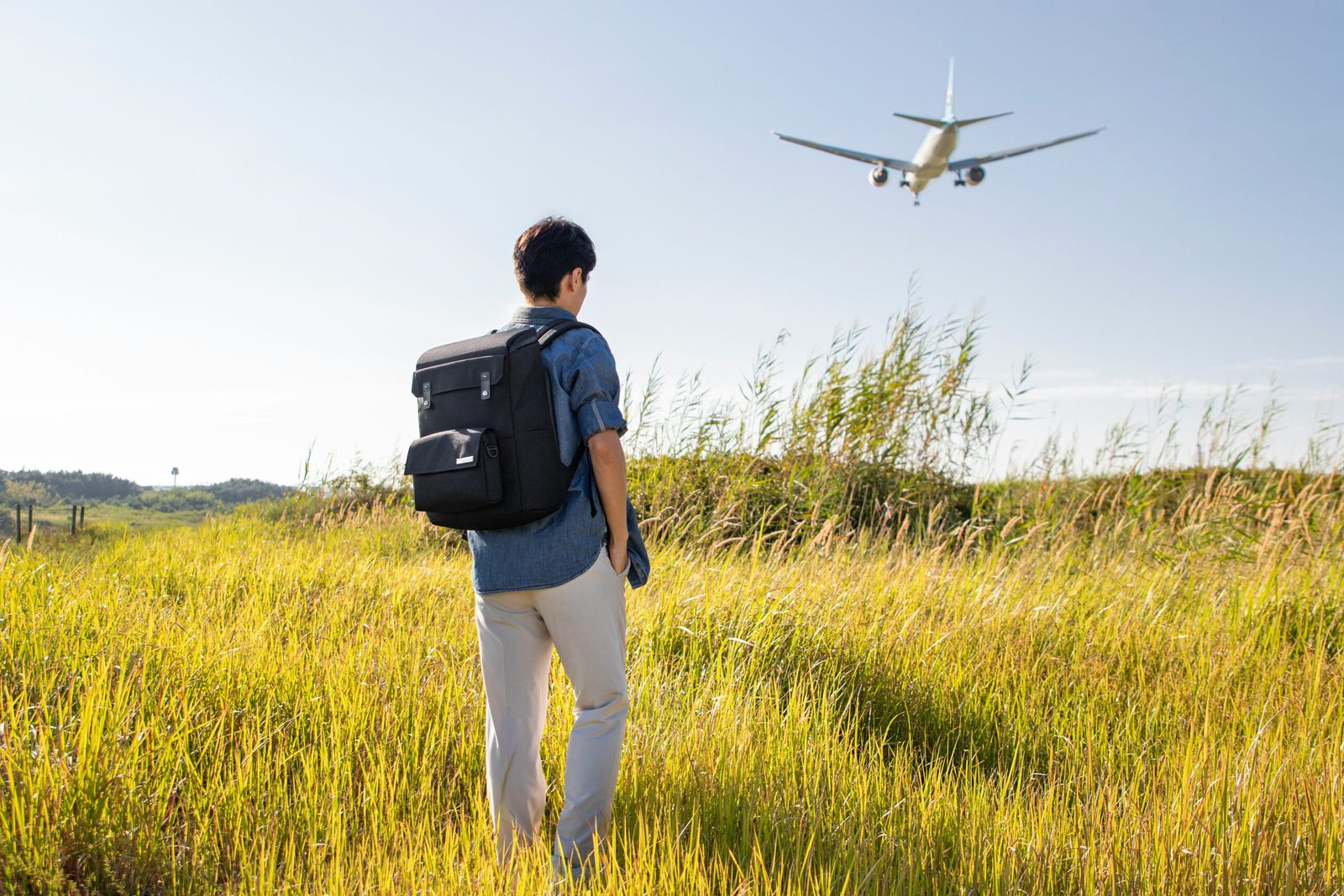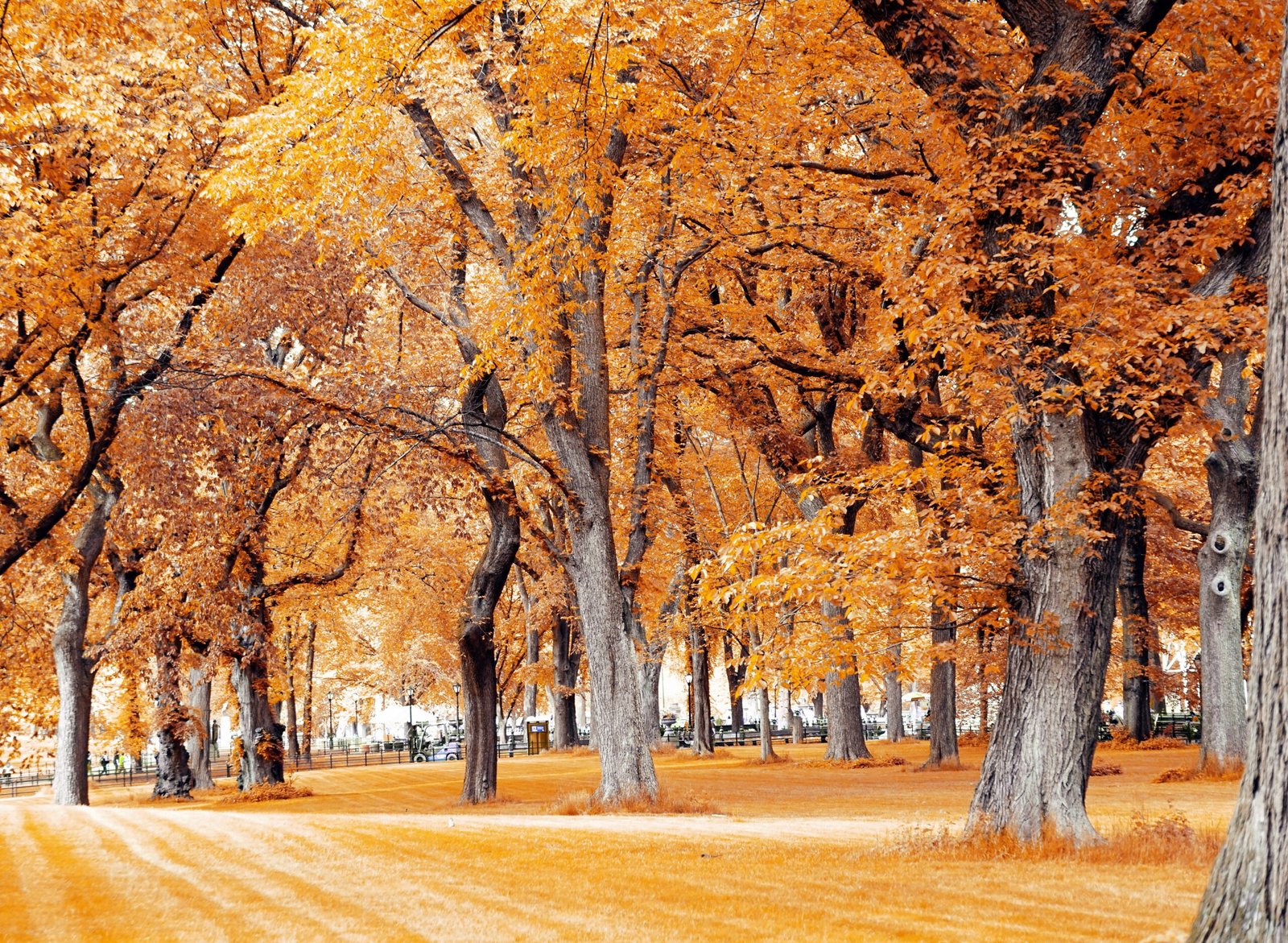Introduction
In today’s digital-first world, social media has transformed how people discover trends, adopt new habits, and express their personal style. Influencers—those dynamic individuals with a strong presence on platforms like Instagram, TikTok, YouTube, and Pinterest—are reshaping the lifestyle industry in ways that traditional advertising never could. From fashion and beauty to fitness, home décor, and wellness, influencer-driven trends are setting the tone for what’s relevant in modern American living.
This article explores the most impactful influencer-driven lifestyle trends, highlighting how they resonate with consumers and shape the broader cultural conversation.
1. Sustainable Living and Eco-Conscious Choices
Influencers have played a critical role in promoting sustainability and mindful consumption. Instead of focusing on mass production and fast fashion, content creators are championing eco-friendly products, sustainable home practices, and green living.
Key Elements of This Trend:
-
Eco-friendly Fashion: Influencers showcase clothing made from organic, recycled, or upcycled materials, presenting style as both chic and environmentally responsible.
-
Minimal Waste Living: From reusable household items to zero-waste packaging, influencers introduce their followers to everyday sustainable swaps.
-
Conscious Consumer Awareness: Tutorials, reels, and product showcases often emphasize ethical sourcing and the importance of supporting environmentally responsible brands.
Why It Resonates: Sustainability aligns with the values of environmentally conscious Americans, particularly Millennials and Gen Z, who are drawn to influencers advocating for a better planet.
2. Wellness as a Lifestyle
Health and wellness have evolved beyond fitness; they now encompass mental, emotional, and spiritual well-being. Influencers are redefining what it means to live a balanced life by sharing realistic approaches to health that go beyond the gym.
Key Elements of This Trend:
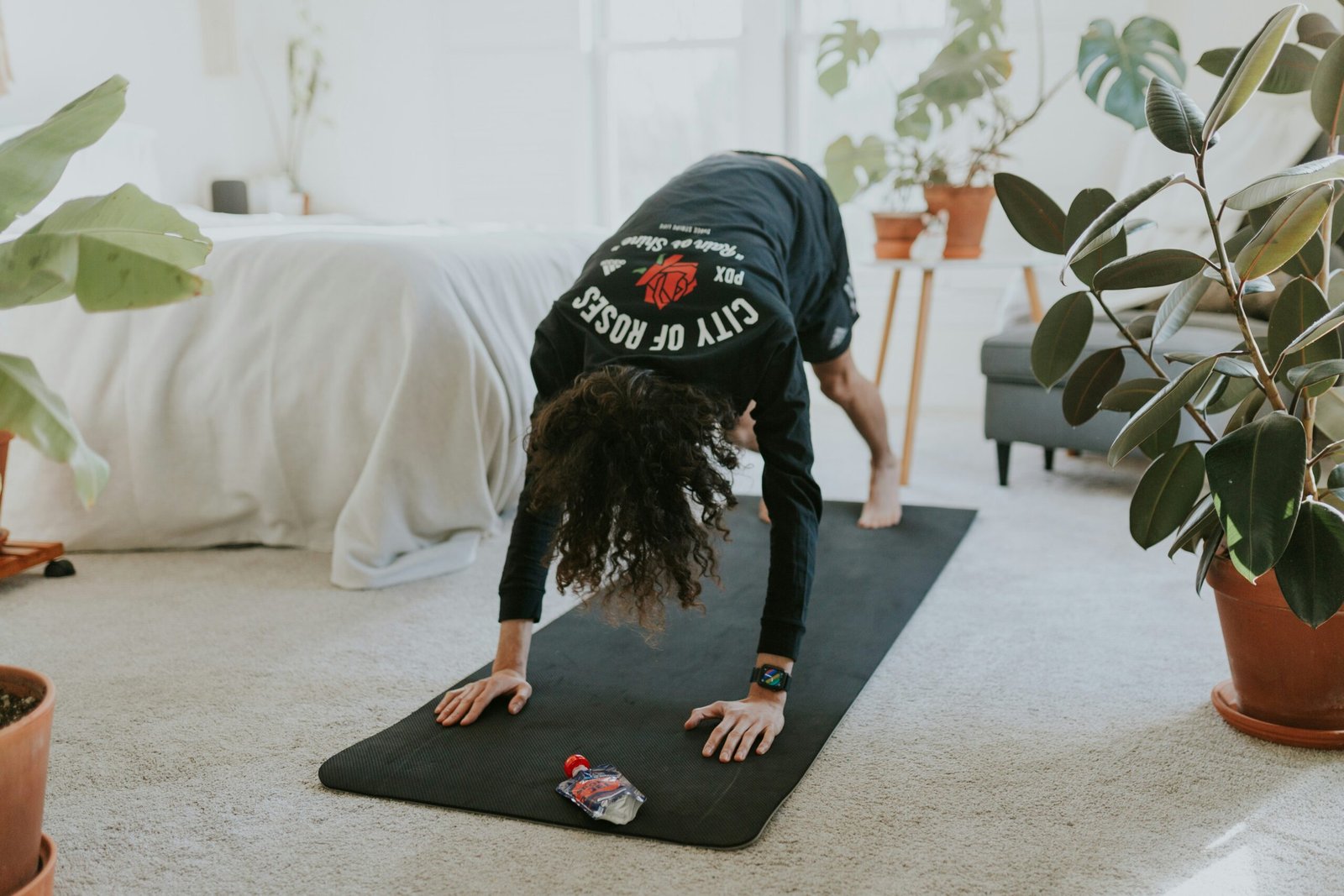
-
Holistic Self-Care: Morning routines, mindfulness exercises, meditation sessions, and skincare rituals are commonly highlighted.
-
Functional Fitness: Instead of extreme workout regimens, influencers promote movement-based fitness such as yoga, Pilates, and low-impact strength training.
-
Nutritional Guidance: Healthy recipes, meal-prepping ideas, and plant-based diets are major areas of content creation.
Why It Resonates: This trend makes wellness accessible, aspirational, and highly shareable—helping followers integrate self-care into their daily lives.
3. Home Aesthetics and Interior Design Inspiration
The rise of influencer-driven home décor content has transformed how people approach living spaces. Platforms like Pinterest and Instagram are full of décor influencers showcasing everything from cozy, minimalist interiors to bold, maximalist designs.
Key Elements of This Trend:
-
Curated Spaces: Influencers guide followers in creating harmonious interiors that blend style, comfort, and personality.
-
Seasonal Makeovers: Trendsetters often highlight seasonal design updates, including festive décor or summer-inspired color palettes.
-
DIY and Upcycling Projects: Home influencers inspire creativity by sharing easy DIY décor hacks or budget-friendly transformations.
Why It Resonates: Home is no longer just a place to live—it’s a reflection of identity and lifestyle, and influencers make that connection visually inspiring.
4. Fashion Influencers Shaping Everyday Style
Fashion influencers have the power to make a single item go viral overnight. Their styling tips, lookbooks, and trend predictions guide millions in curating wardrobes that blend comfort and statement-making design.
Key Elements of This Trend:
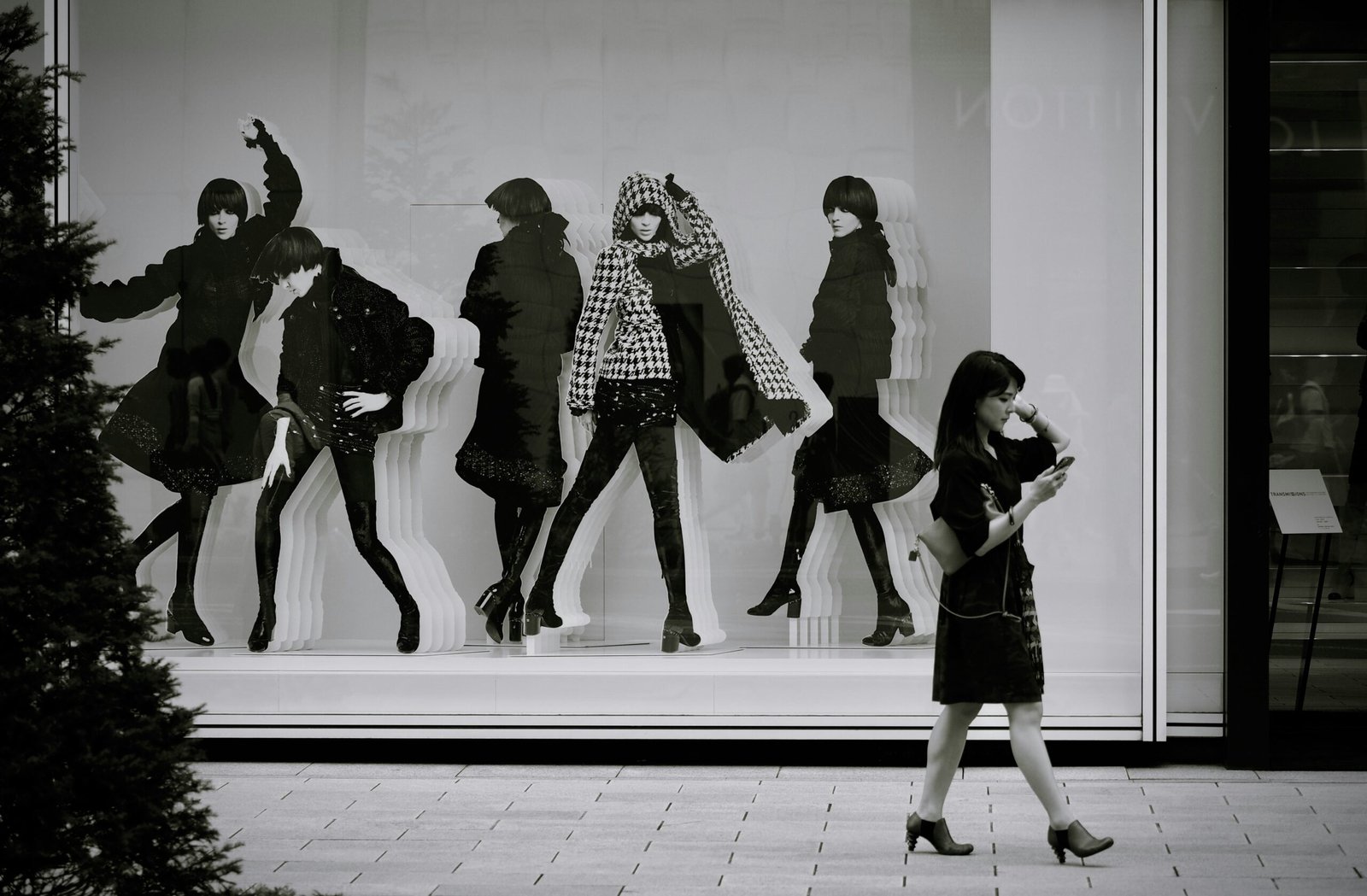
-
Capsule Wardrobes: Influencers advocate for fewer but higher-quality pieces that mix and match seamlessly.
-
Gender-Neutral Fashion: A growing number of influencers champion inclusive fashion that breaks away from traditional categories.
-
Digital Fashion Shows: Live streaming fashion hauls, seasonal previews, and “get ready with me” content bring high fashion into everyday life.
Why It Resonates: Influencer-led fashion creates a relatable, real-time connection between trends and personal expression.
5. Travel and Experience-Oriented Content
Influencers are redefining how Americans view travel—not simply as a getaway, but as an extension of their lifestyle. From road trips to luxury escapes, these content creators spotlight destinations, activities, and travel essentials that inspire wanderlust.
Key Elements of This Trend:
-
Experience Over Material Goods: Travel influencers focus on adventure, cultural immersion, and unique experiences.
-
Local & Sustainable Travel: Highlighting eco-conscious tourism, including locally-owned accommodations and responsible excursions.
-
Travel-Ready Wardrobe and Gear: Influencers showcase versatile products that blend practicality and style.
Why It Resonates: Travel is seen as a form of personal enrichment and social currency, and influencers make it feel accessible and aspirational at once.
6. Tech and Smart Living Integration
Influencers are also driving conversations around how technology fits into modern lifestyles. From smart home devices to wearable health trackers, their recommendations help audiences navigate an increasingly tech-driven world.
Key Elements of This Trend:
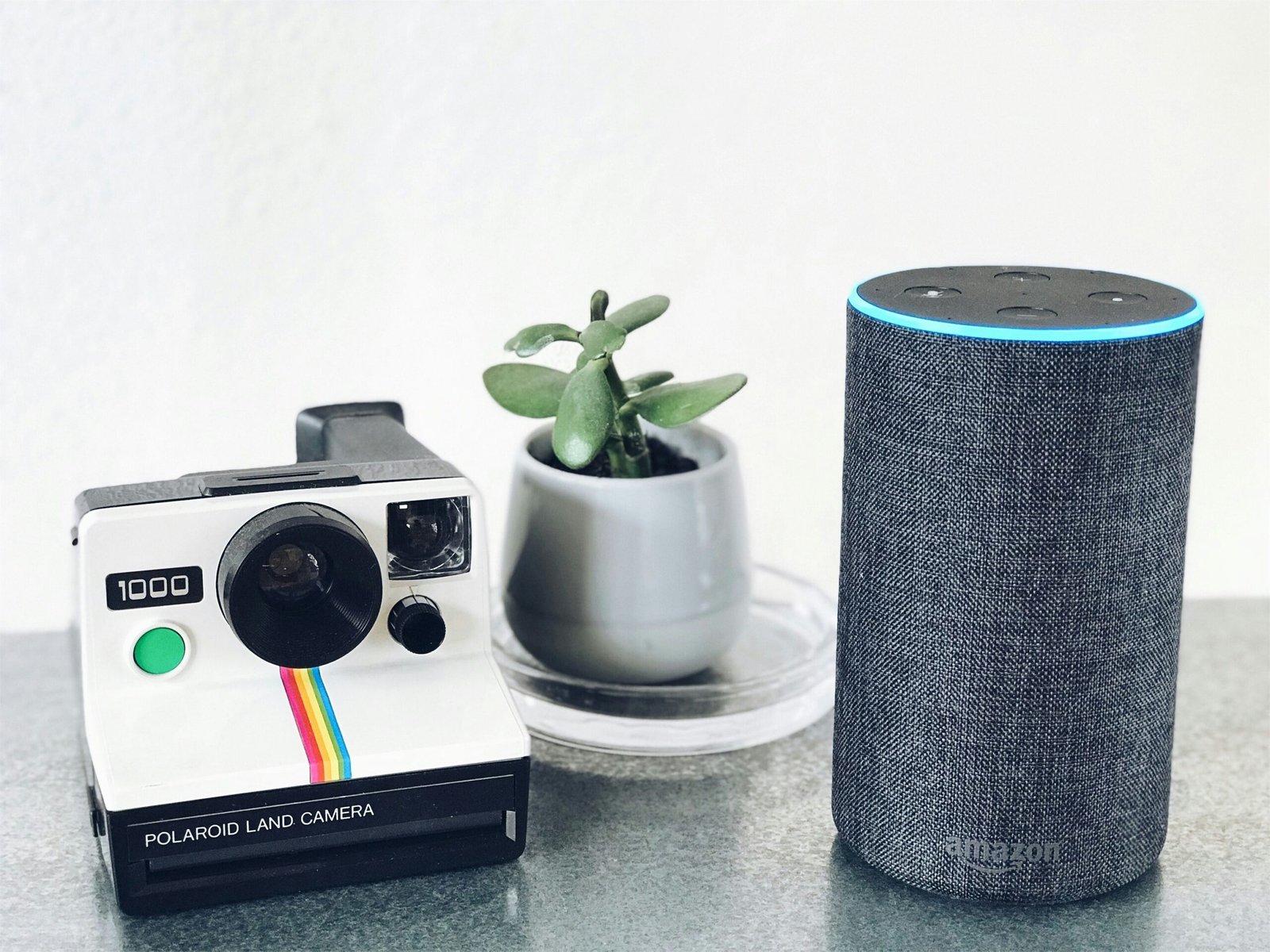
-
Smart Home Gadgets: Influencers highlight convenience-driven products like voice-controlled lighting, AI-powered appliances, and home security innovations.
-
Digital Well-Being Tools: Apps for productivity, sleep, and mental health are frequently featured.
-
AR and VR Integration: Content creators explore how augmented and virtual reality are influencing gaming, shopping, and home design experiences.
Why It Resonates: Audiences value technology that simplifies life and enhances comfort—something influencers communicate through relatable storytelling.
7. Fitness as a Community Experience
Unlike past fitness trends focused solely on aesthetics, influencer-led movements now highlight community, inclusivity, and body positivity.
Key Elements of This Trend:
-
Inclusive Fitness Content: Celebrating different body types, abilities, and fitness levels.
-
Challenges and Virtual Workouts: Influencers host digital fitness challenges, connecting participants globally.
-
Functional Fashion Meets Performance: Stylish activewear designed for both workouts and casual wear reinforces the athleisure trend.
Why It Resonates: Fitness becomes less about perfection and more about connection, inspiration, and progress.
8. Personal Branding as a Lifestyle
Many influencers encourage followers to cultivate a personal brand, presenting lifestyle as a form of self-expression and entrepreneurship.
Key Elements of This Trend:
-
Curated Aesthetics: Photography styles, personal logos, and signature themes influence how people present themselves online.
-
Content Creation Tips: Influencers share strategies for photo editing, video storytelling, and building engagement.
-
Work-Life Balance with Digital Careers: Highlighting flexible careers that allow for creativity and freedom.
Why It Resonates: Personal branding feels empowering, aligning with the rise of the creator economy and gig-based work culture.
9. Luxury in Everyday Living
Lifestyle influencers are redefining luxury—not just as high-end fashion or five-star vacations but as small indulgences that elevate daily routines.
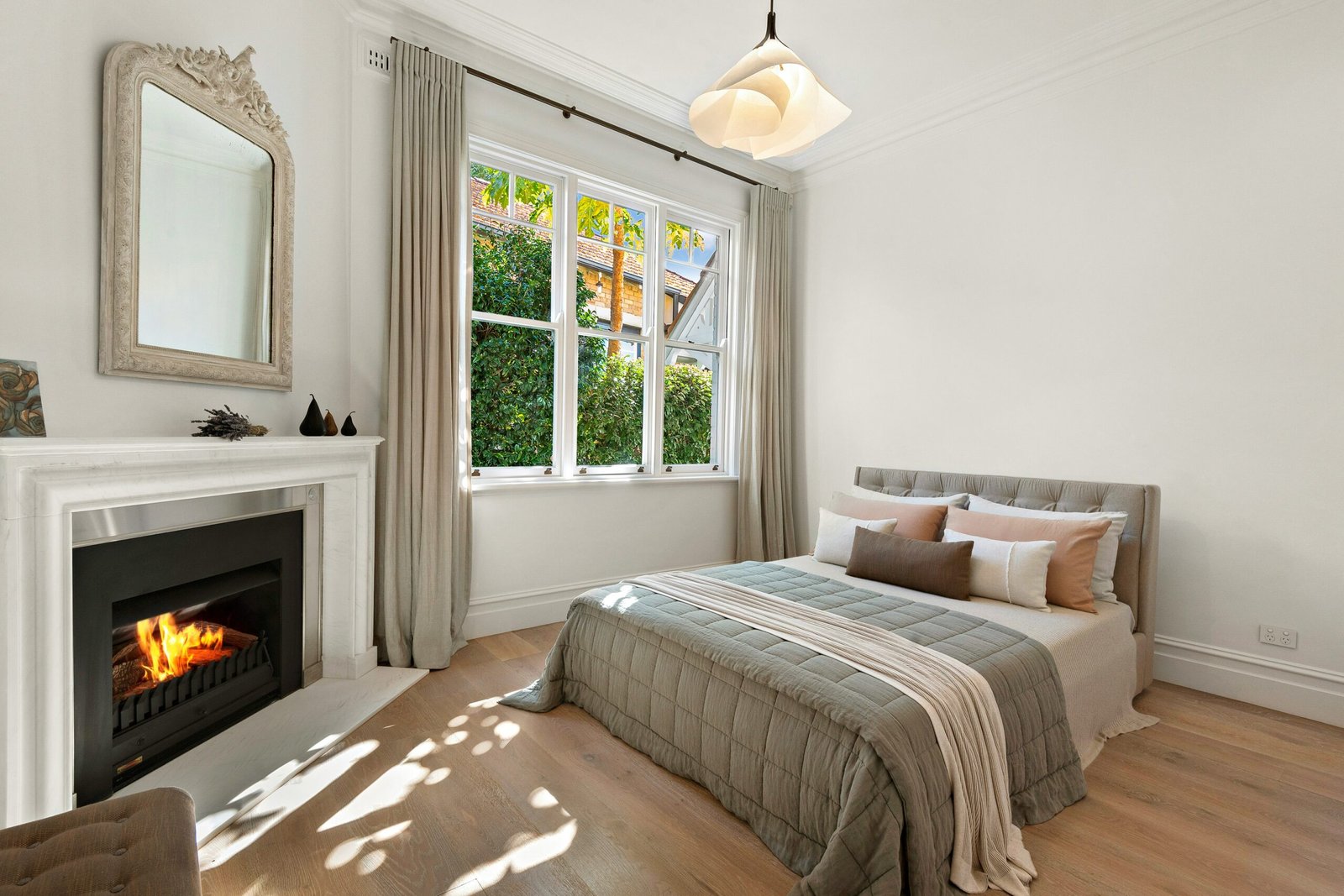
Key Elements of This Trend:
-
Wellness Retreats at Home: Influencers showcase how to recreate spa-like experiences with lighting, scents, and curated products.
-
Elevated Dining at Home: Sharing easy gourmet recipes, tablescape designs, and beverage pairings.
-
Quality Over Quantity: Emphasizing long-lasting products and timeless styles over fleeting fads.
Why It Resonates: Luxury becomes approachable when tied to comfort, self-care, and meaningful experiences.
10. Cultural Fusion and Global Influence
Finally, influencers are celebrating cultural diversity and blending global influences into lifestyle choices. From culinary traditions to fashion aesthetics, content creators are merging cultures to create something fresh and inclusive.
Key Elements of This Trend:
-
Fusion Cuisine Tutorials: Showcasing dishes that combine flavors and techniques from different cultures.
-
Global Fashion Inspiration: Influencers mix street styles from Tokyo, Paris, New York, and beyond.
-
Celebration of Heritage: Many creators use their platforms to highlight cultural pride and traditions.
Why It Resonates: Audiences appreciate authenticity and the sense of connection to a larger global community.
Conclusion
Influencers are not just shaping trends—they are shaping lifestyles. Through relatable storytelling, aspirational content, and authentic recommendations, they have redefined how Americans approach fashion, wellness, travel, home décor, and beyond. As digital culture continues to evolve, influencer-driven trends will remain a key force in shaping modern living, inspiring people to explore new possibilities for self-expression and daily enrichment.
